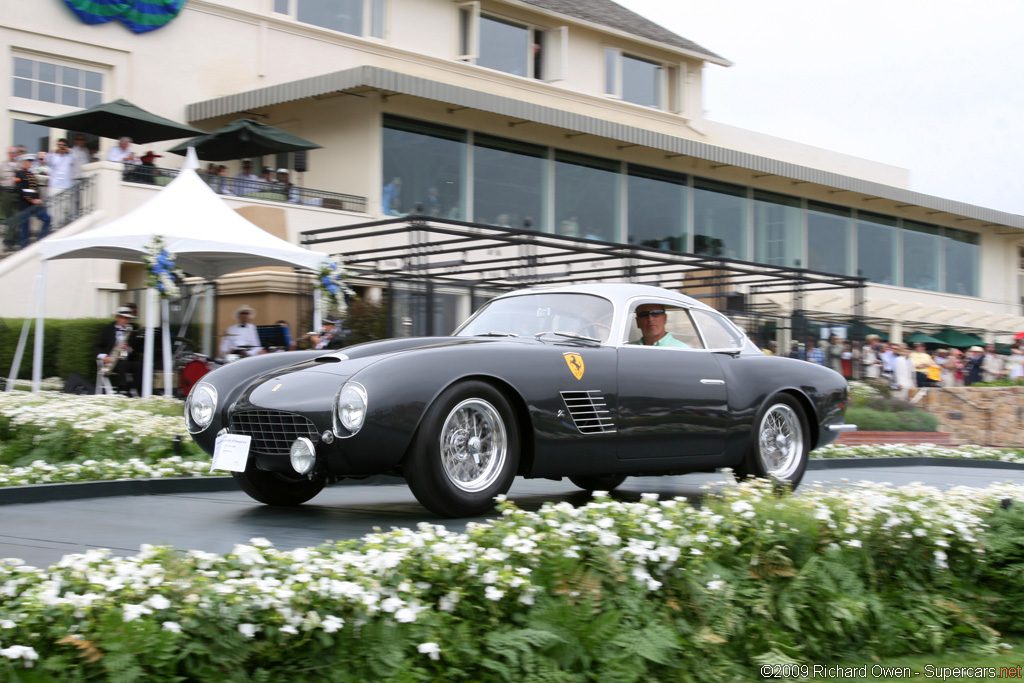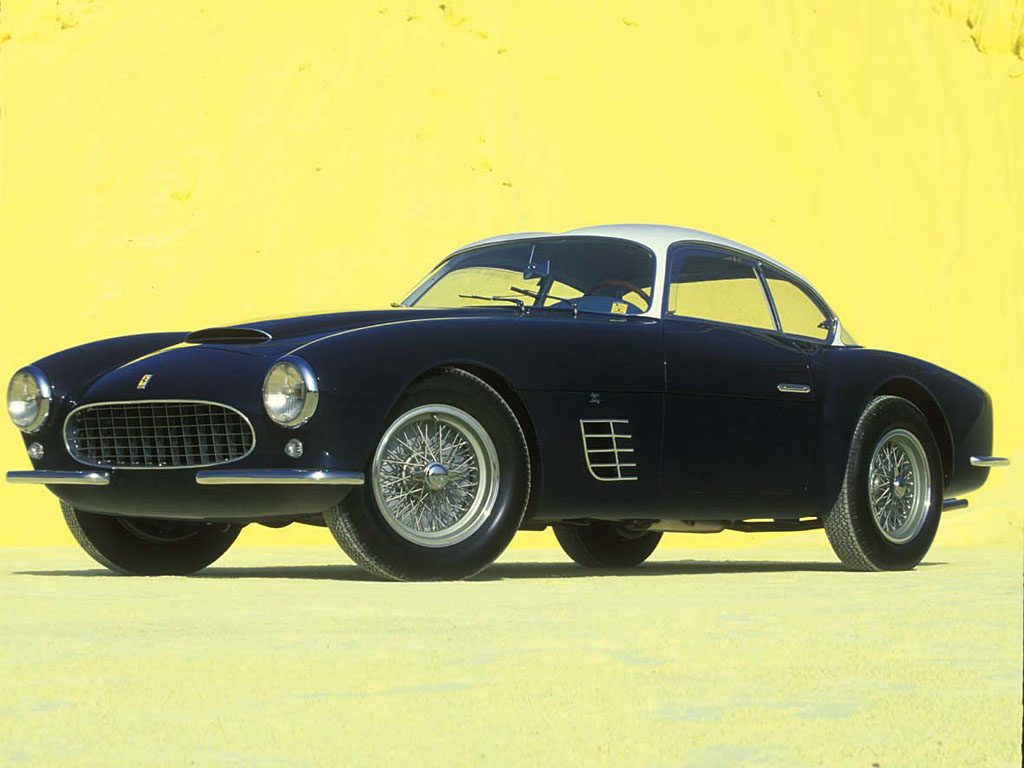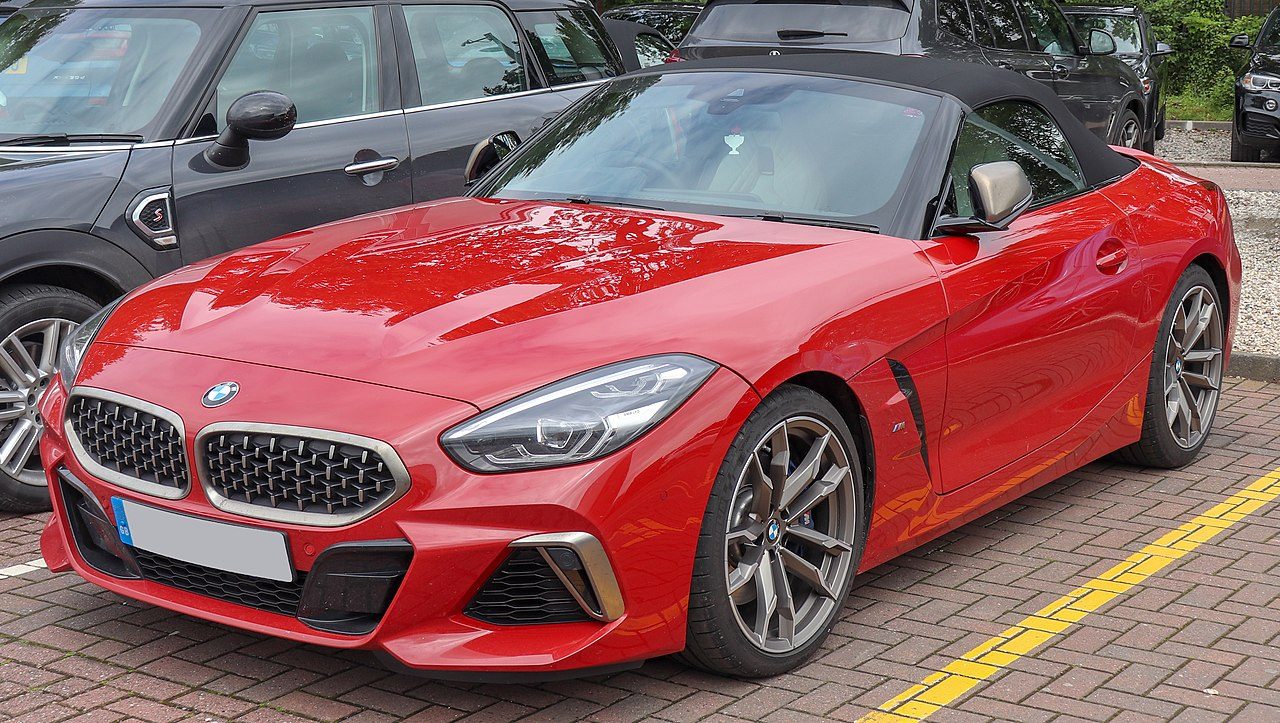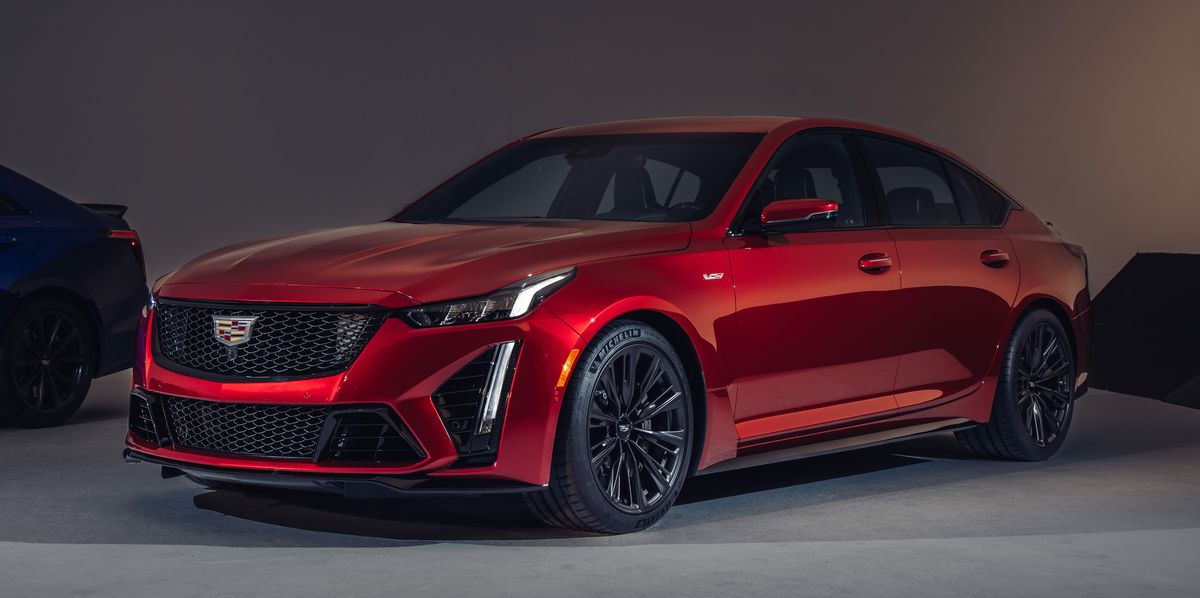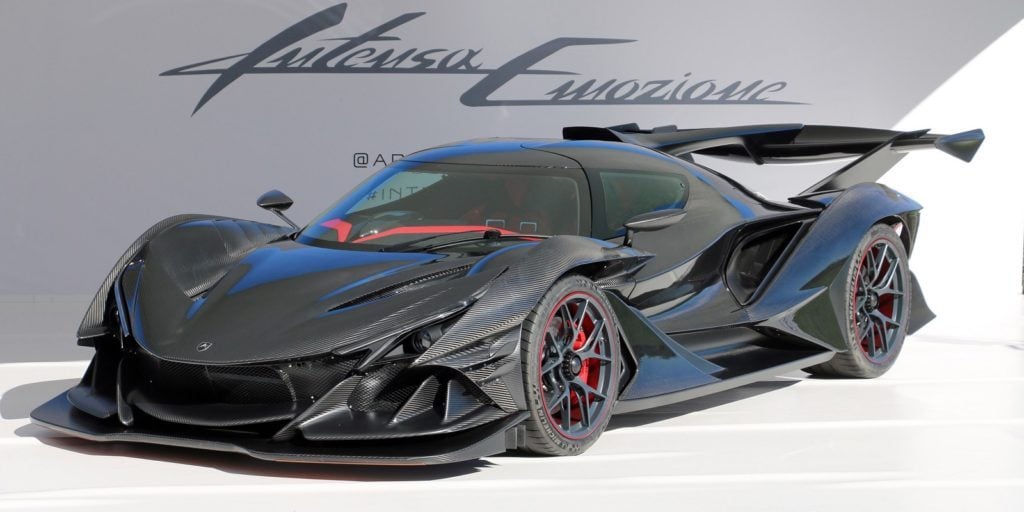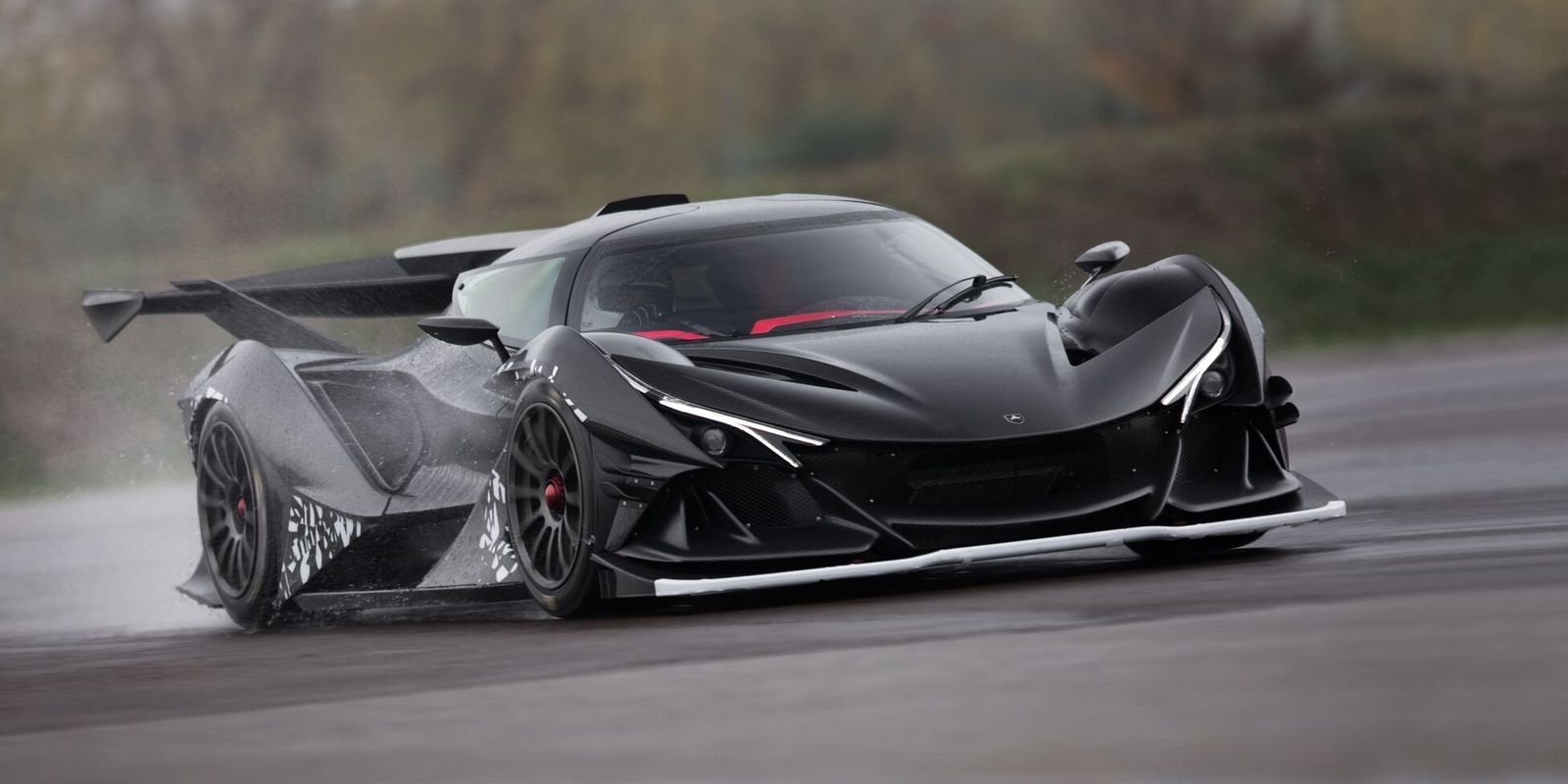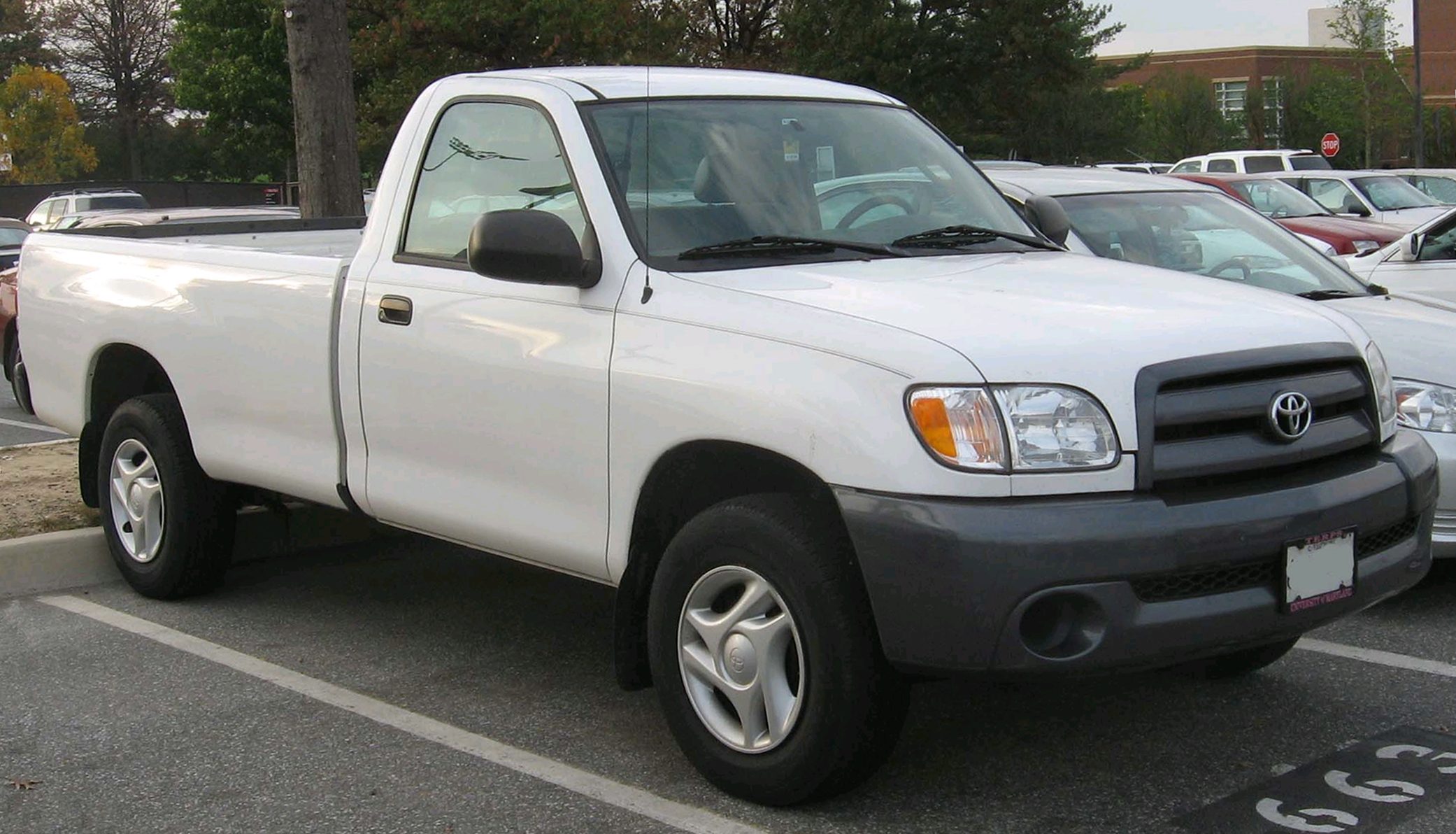You are using an out of date browser. It may not display this or other websites correctly.
You should upgrade or use an alternative browser.
You should upgrade or use an alternative browser.
READ THE OP! GTP Cool Wall Nomination Thread [Always accepting more cars!]
- Thread starter Snikle
- 3,560 comments
- 344,172 views
- 3,656

- Elizabeth, New Jersey, USA
2004-2007 Subaru Outback SUS
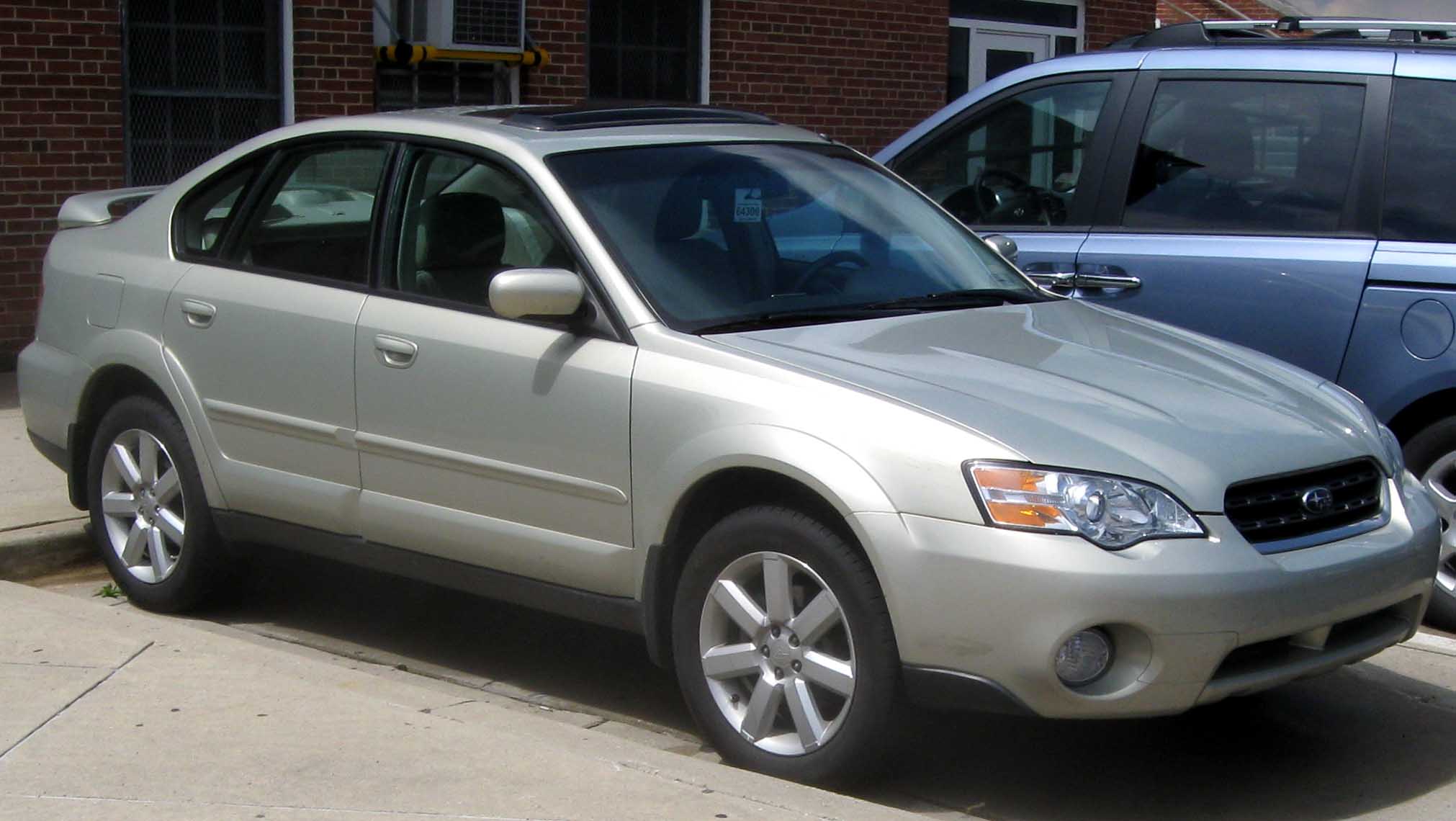
Body Style: 4-door sedan
Engine: 2.5L flat-four, 3.0L flat-six
Power: 175-245hp
Torque: 166-219 lb-ft
Weight: 1607kg
Transmission: 5-speed automatic, 5-speed manual
Drivetrain: front-engine, all-wheel drive
Additional Information: This is the third and final generation of the Outback sedan. SUS was an acronym for "Sport Utility Sedan". The sedan Outback was sold exclusively in the United States.

Body Style: 4-door sedan
Engine: 2.5L flat-four, 3.0L flat-six
Power: 175-245hp
Torque: 166-219 lb-ft
Weight: 1607kg
Transmission: 5-speed automatic, 5-speed manual
Drivetrain: front-engine, all-wheel drive
Additional Information: This is the third and final generation of the Outback sedan. SUS was an acronym for "Sport Utility Sedan". The sedan Outback was sold exclusively in the United States.
- 4,924

- United States
- Stawookie
I looked on the cool wall results page and I was surprised to find that no Packards have ever been pulled so why not start with the Packard that made them famous?
--------
1916-1923 Packard Twin-Six






Body Style: 2-door roadster, 4-door touring, 4-door sedan, limousine, town-car, landaulet
Engine: 424 cu in (7.0 L) V12
Power: 85-90 HP
Weight: 4,150 lb (1,882 kg)
Transmission: 3-speed selective sliding gear manual
Drive train: front engine, rear-wheel drive
Additional Information:
Cadillac introduced their V8 engine in the Type 51 in 1914. Cadillac was soon one-upped by their biggest rival Packard who released the first V12 production car. Packard called the new model the Twin Six which was released in May of 1915 and was available in two wheelbase sizes.
In three series between 1916 and 1923, Packard built slightly more than 35,000 Twins, including numerous chassis for custom bodies. Packard managed to crush competition from makes like Peerless and Pierce-Arrow. The Twin Six was the chief reason why, when the wealthy ordered a custom-bodied car, they tended to choose a Packard chassis.
Jesse Vincent, Packard's chief engineer, liked the 12-cylinder layout for three reasons: performance, smoothness, and silence. "A six-cylinder motor is theoretically in absolutely perfect balance," he wrote. "This is because the vibratory forces due to the rise and fall of one piston are neutralized by equal and opposite forces due to another...Now it is only possible to cancel out forces in this way if they are tied together strongly."
This meant a heavy crankcase and crankshaft and a rigid flywheel. But a Twelve or "Twin Six," Vincent continued, would provide the same rigidity and smoothness with less piston, crankcase, flywheel, and crankshaft weight -- and provide more horsepower and torque, to boot. He preferred a V-12 to a V-8 because a V-8 would require a wider frame, larger turning radius, and more complicated steering gear.
The smoothness and torque of Packard's V12 engines was inspiration for Enzo Ferrari's own creations.
--------
1916-1923 Packard Twin-Six
Body Style: 2-door roadster, 4-door touring, 4-door sedan, limousine, town-car, landaulet
Engine: 424 cu in (7.0 L) V12
Power: 85-90 HP
Weight: 4,150 lb (1,882 kg)
Transmission: 3-speed selective sliding gear manual
Drive train: front engine, rear-wheel drive
Additional Information:
Cadillac introduced their V8 engine in the Type 51 in 1914. Cadillac was soon one-upped by their biggest rival Packard who released the first V12 production car. Packard called the new model the Twin Six which was released in May of 1915 and was available in two wheelbase sizes.
In three series between 1916 and 1923, Packard built slightly more than 35,000 Twins, including numerous chassis for custom bodies. Packard managed to crush competition from makes like Peerless and Pierce-Arrow. The Twin Six was the chief reason why, when the wealthy ordered a custom-bodied car, they tended to choose a Packard chassis.
Jesse Vincent, Packard's chief engineer, liked the 12-cylinder layout for three reasons: performance, smoothness, and silence. "A six-cylinder motor is theoretically in absolutely perfect balance," he wrote. "This is because the vibratory forces due to the rise and fall of one piston are neutralized by equal and opposite forces due to another...Now it is only possible to cancel out forces in this way if they are tied together strongly."
This meant a heavy crankcase and crankshaft and a rigid flywheel. But a Twelve or "Twin Six," Vincent continued, would provide the same rigidity and smoothness with less piston, crankcase, flywheel, and crankshaft weight -- and provide more horsepower and torque, to boot. He preferred a V-12 to a V-8 because a V-8 would require a wider frame, larger turning radius, and more complicated steering gear.
The smoothness and torque of Packard's V12 engines was inspiration for Enzo Ferrari's own creations.
Last edited:
- 1,091

- United States
No my schoolwork was just way too busy to post anything. The semester is over now so I'll get back to them. Keep nominating things.ummm is this dead again?
- 3,656

- Elizabeth, New Jersey, USA
1992-2000 GMT400 SUV

Body Style: 3-door SUV, 5-door SUV, 5-door extended length SUV, 6-door SUV
Engine: 5.7L TBI V8, 5.7L Vortec V8, 6.2L Detroit diesel V8, 6.5L Detroit diesel V8, 7.4L L19 V8, 7.4L Vortec V8
Power: 160-290hp
Torque: 310-430 lb-ft
Weight: 1715-2500kg
Transmission: 4-speed automatic, 5-speed automatic, 5-speed manual
Drivetrain: front engine, rear wheel drive, front engine, all wheel drive
Additional Information: Nomination includes:
1992-1994 Chevrolet Blazer
1992-1999 Chevrolet Suburban
1992-1999 GMC Suburban
1995-1999 Chevrolet Tahoe
1995-1999 GMC Yukon
1998-2000 Holden Suburban
1999-2000 GMC Yukon Denali
1999-2000 Cadillac Escalade
Since the aforementioned SUVS are all petals of the same flower, being (almost) mechanically identical to each other, it makes the most sense to include these variants under one nomination. The GMT400 trucks are not included. 2500 versions of the SUV are included, however. The GMT400s were the first SUVs to feature an independent front suspension in the United States. Only the Blazer was available with a manual transmission. The Yukon Denali/Escalade had dual rear "barn doors" hence being considered a 6-door SUV. GM's approach for their next generation full-size SUV range was to place an emphasis on family and everyday use as opposed to strictly for towing and heavy-duty purposes. This strategy paid off, since over 1.4 million GMT400 SUVs having been sold throughout its production run in America, and Suburban sales more than tripled, selling nearly 200,000 units certain years, making it by far the most successful Suburban generation. The Suburbans received a facelift in 1996 which made them nearly seven inches taller in height (from 68.0 to 74.6 inches high), despite being only 0.5 inches longer.
Body Style: 3-door SUV, 5-door SUV, 5-door extended length SUV, 6-door SUV
Engine: 5.7L TBI V8, 5.7L Vortec V8, 6.2L Detroit diesel V8, 6.5L Detroit diesel V8, 7.4L L19 V8, 7.4L Vortec V8
Power: 160-290hp
Torque: 310-430 lb-ft
Weight: 1715-2500kg
Transmission: 4-speed automatic, 5-speed automatic, 5-speed manual
Drivetrain: front engine, rear wheel drive, front engine, all wheel drive
Additional Information: Nomination includes:
1992-1994 Chevrolet Blazer
1992-1999 Chevrolet Suburban
1992-1999 GMC Suburban
1995-1999 Chevrolet Tahoe
1995-1999 GMC Yukon
1998-2000 Holden Suburban
1999-2000 GMC Yukon Denali
1999-2000 Cadillac Escalade
Since the aforementioned SUVS are all petals of the same flower, being (almost) mechanically identical to each other, it makes the most sense to include these variants under one nomination. The GMT400 trucks are not included. 2500 versions of the SUV are included, however. The GMT400s were the first SUVs to feature an independent front suspension in the United States. Only the Blazer was available with a manual transmission. The Yukon Denali/Escalade had dual rear "barn doors" hence being considered a 6-door SUV. GM's approach for their next generation full-size SUV range was to place an emphasis on family and everyday use as opposed to strictly for towing and heavy-duty purposes. This strategy paid off, since over 1.4 million GMT400 SUVs having been sold throughout its production run in America, and Suburban sales more than tripled, selling nearly 200,000 units certain years, making it by far the most successful Suburban generation. The Suburbans received a facelift in 1996 which made them nearly seven inches taller in height (from 68.0 to 74.6 inches high), despite being only 0.5 inches longer.
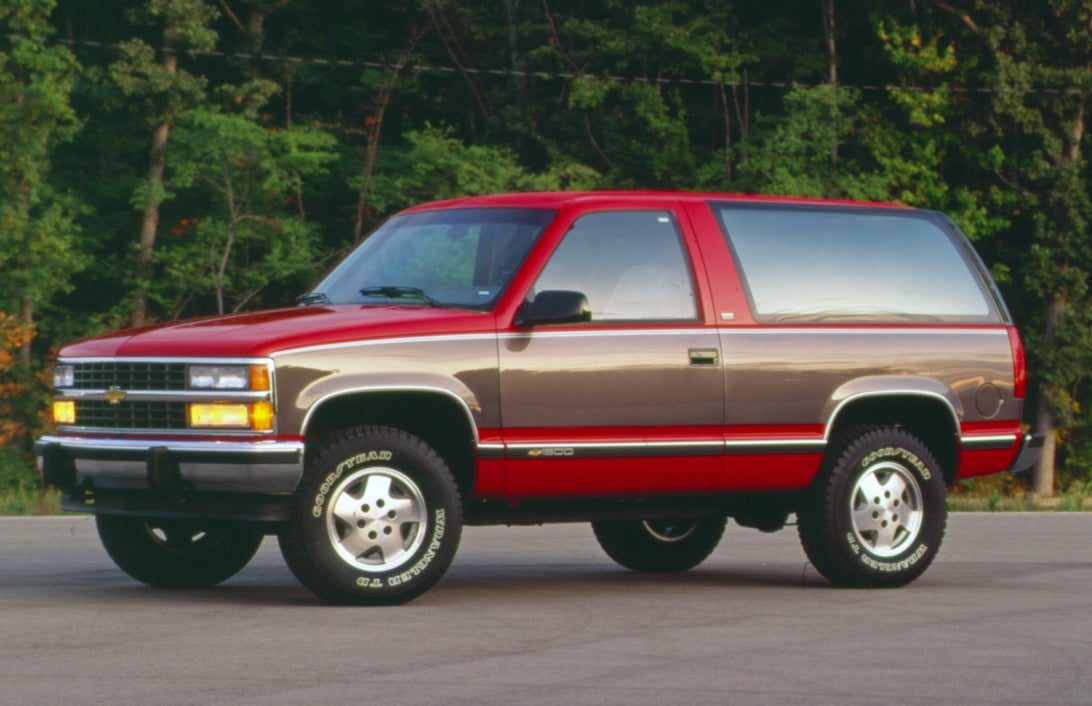
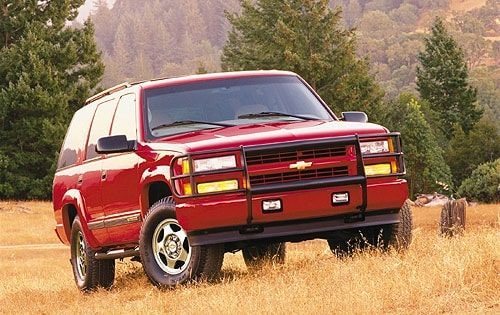
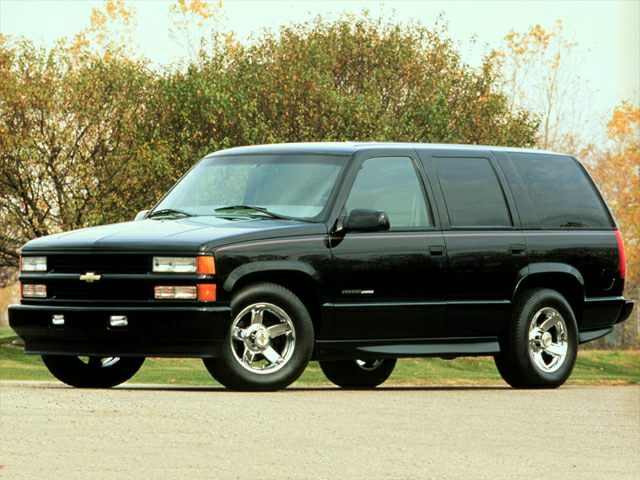
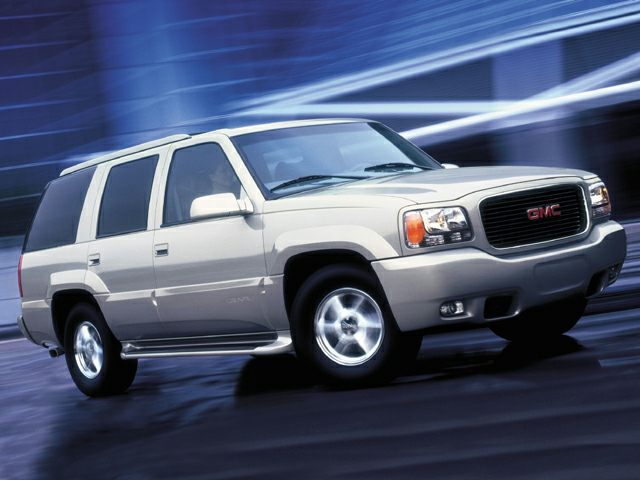
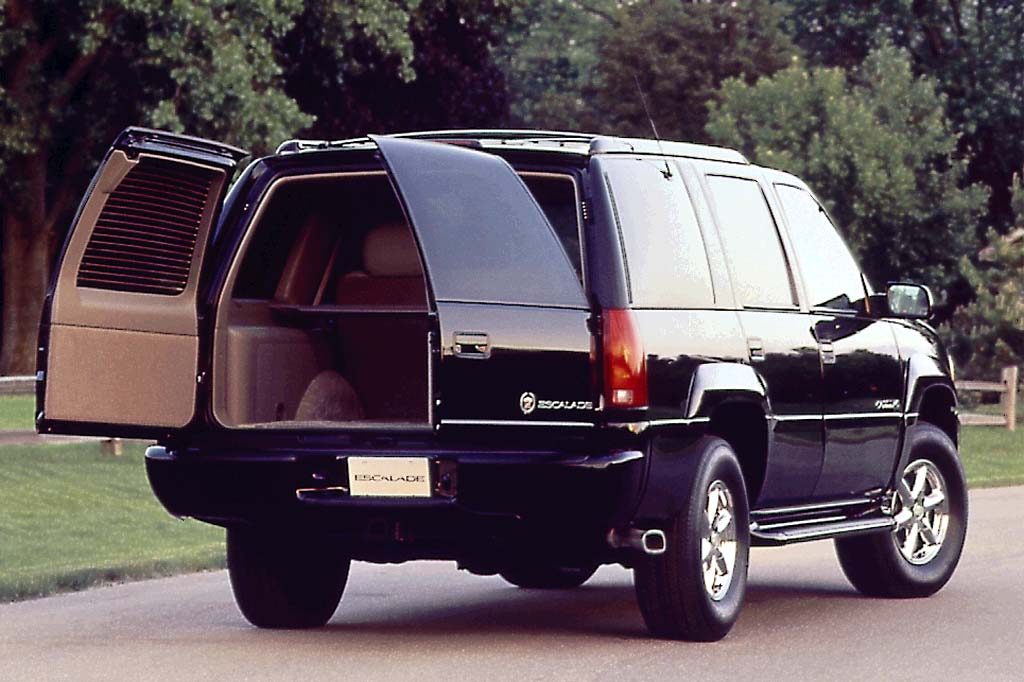
Last edited:
- 711

- Chile
- cristobal458
2015-2017 Ferrari FXX-K
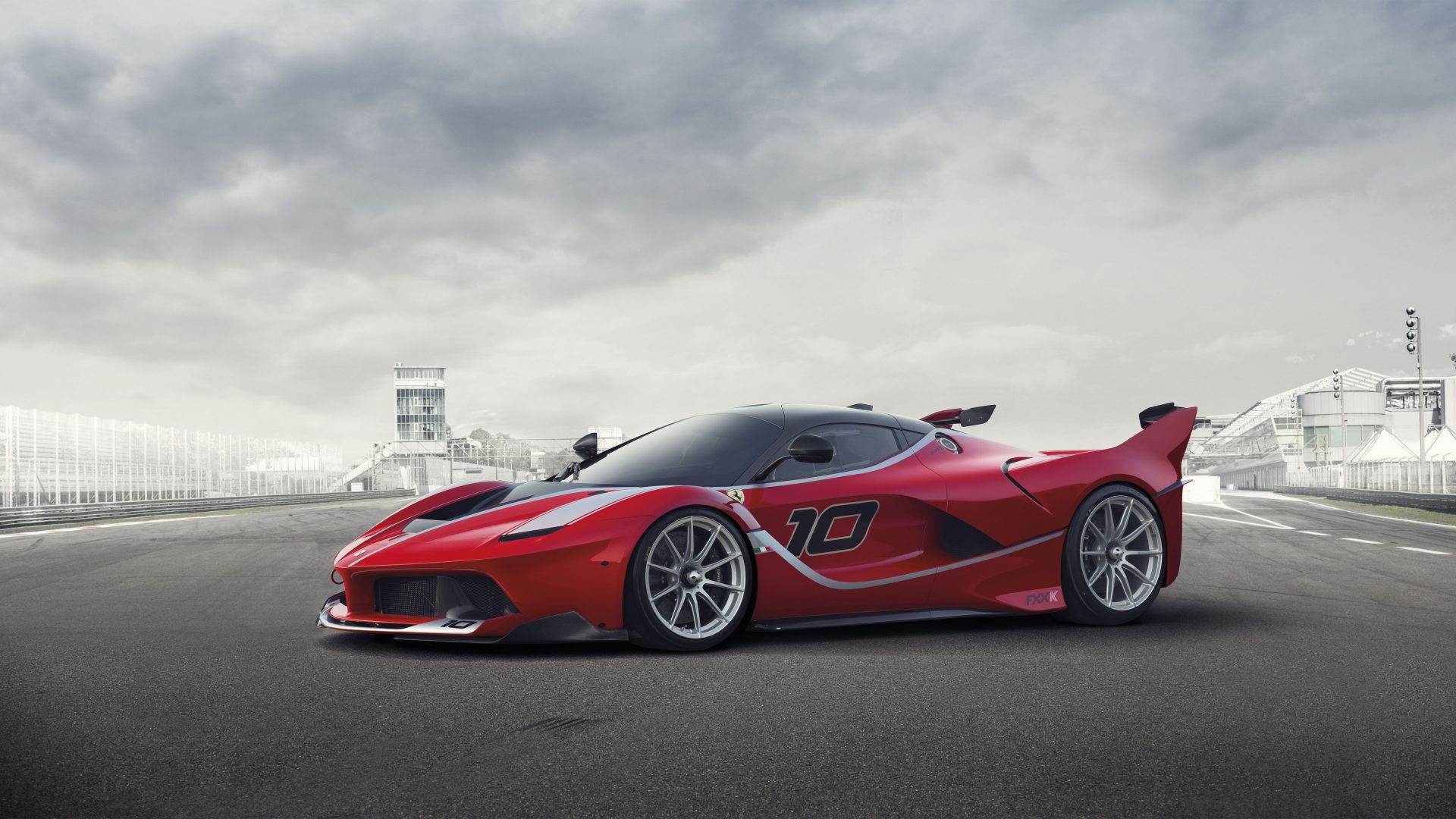

Body Style: 2-Door Coupe
Engine: 6.3 L naturally aspirated F140 V12 + Electric motor (Hybrid)
Power: 1036 HP (combined power) / 9200 rpm
Torque: Over 664 ft-lb (combined torque) / 6500 rpm
Weight: 1165 kg (dry), 1285 kg (curb)
Transmission: DCT 7 speed Automatic
Drivetrain: Mid engine, Rear wheel drive
Additional Information: The Ferrari FXX-K is a high performance limited production track day car manufactured by automobile manufacturer Ferrari in Maranello, Italy. Designed by Marco Fainello, Adrián Méndez and architect Samuel Rodriguez at Centro Stile Ferrari, the FXX-K is based on the street-legal LaFerrari. It succeeds Ferrari's previous developmental track day offerings, the FXX (and the FXX Evo) and the 599XX (along with the 599XX Evo). In 2016, the FXX-K was awarded the Compasso d'Oro industrial design award.
The hybrid powerplant used in the FXX-K has a total power output of 1,050 PS (772 kW; 1,036 hp) and over 900 N⋅m (664 lb⋅ft), of which 860 PS (633 kW; 848 hp) are delivered by the V12 ICE and 190 PS (140 kW; 187 hp) by the electric motor. The V12 engine has been tuned for track use as well as the HY-KERS system. With a dry weight of 1,165 kg (2,568 lb), the FXX-K has extremely effective downforce generation of 540 kg (1,190 lb) at 200 km/h (124 mph).[3][4] The car has four driving modes: Qualify (maximum performance on short distance), Long Run (for long-distance driving), Fast Charge (for faster recharging of the battery) and Manual Boost, that uses all of the power of the engine and batteries for maximum torque, cornering and speed. It has F1-based technology, including the E-Diff electronic differential, F1-Trac traction control and racing ABS brakes, all controlled from the centre console (Manettino). Like the preceding FXX and 599XX, the FXX-K is a part of Ferrari's Client Test Driver program, that allows owners of XX cars to drive at special tracks, collecting data for use in future Ferrari road and race cars. The front of the car has a large splitter and twin-profile spoiler, the headlights are very small for improving aerodynamics. On the rear, the tail is higher and includes an electronically operated spoiler with a tail fin and a small wing at the end of each fin to maximize the downforce. The car has a top speed of 350 km/h (217 mph).
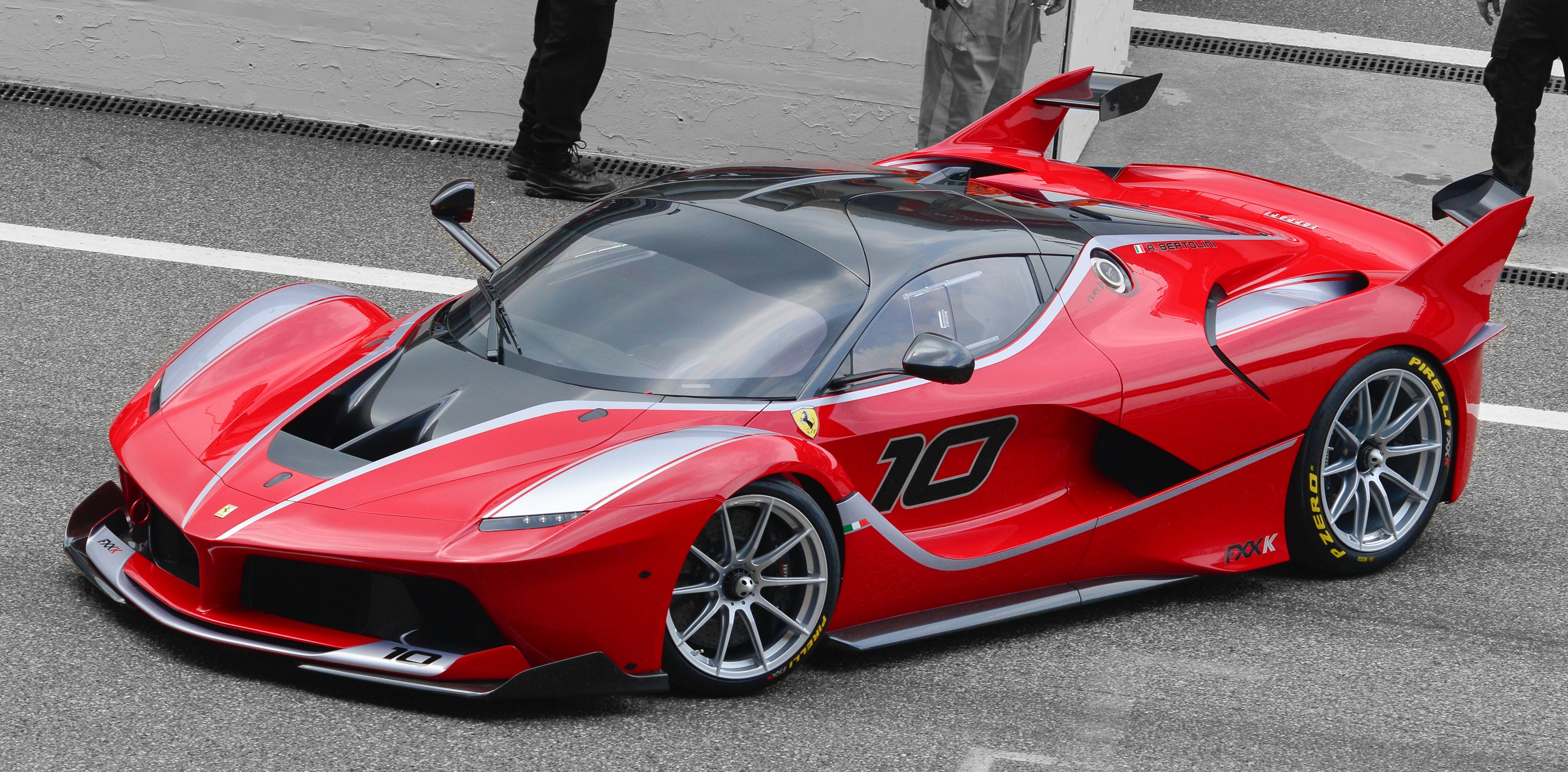
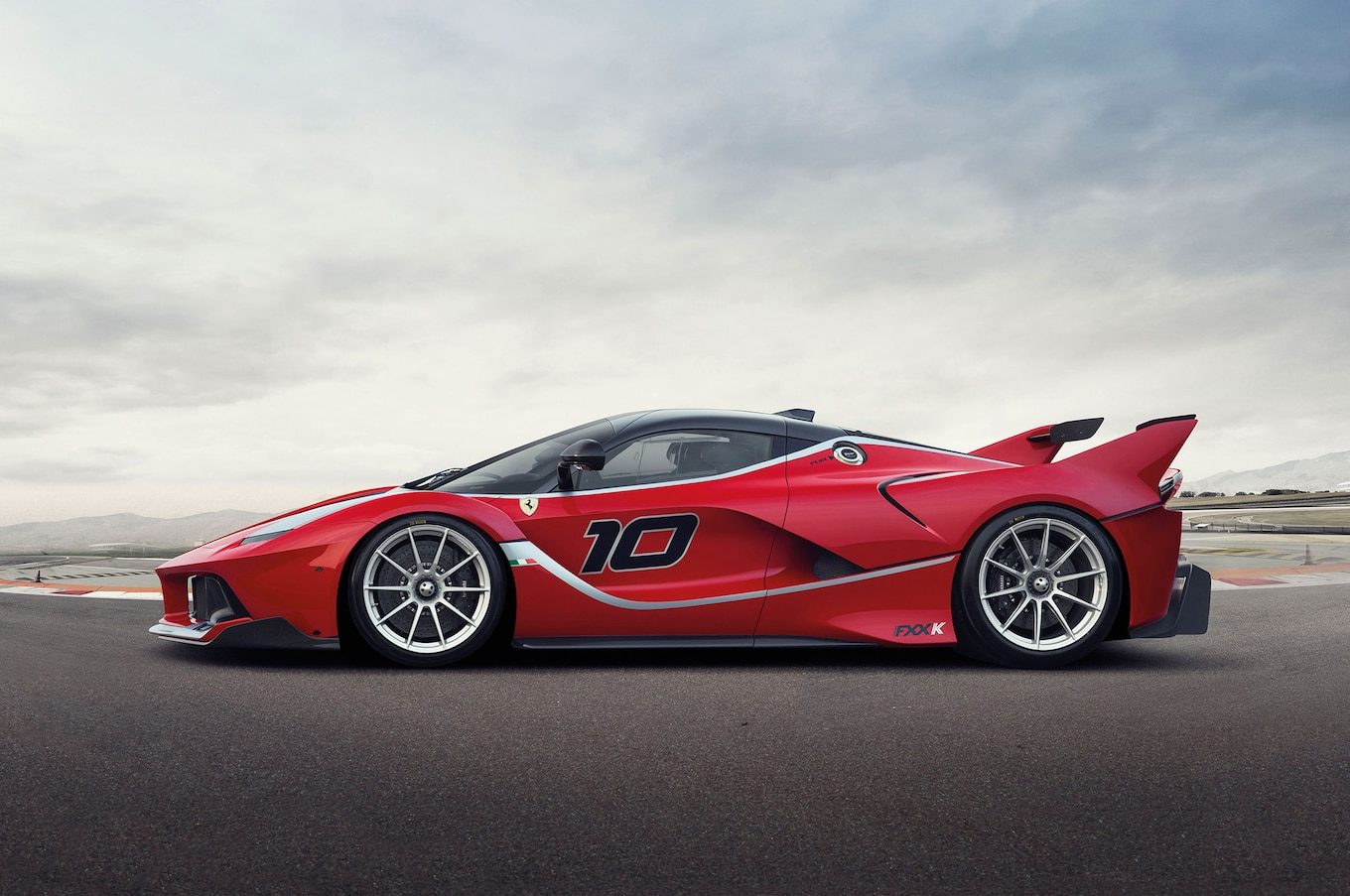
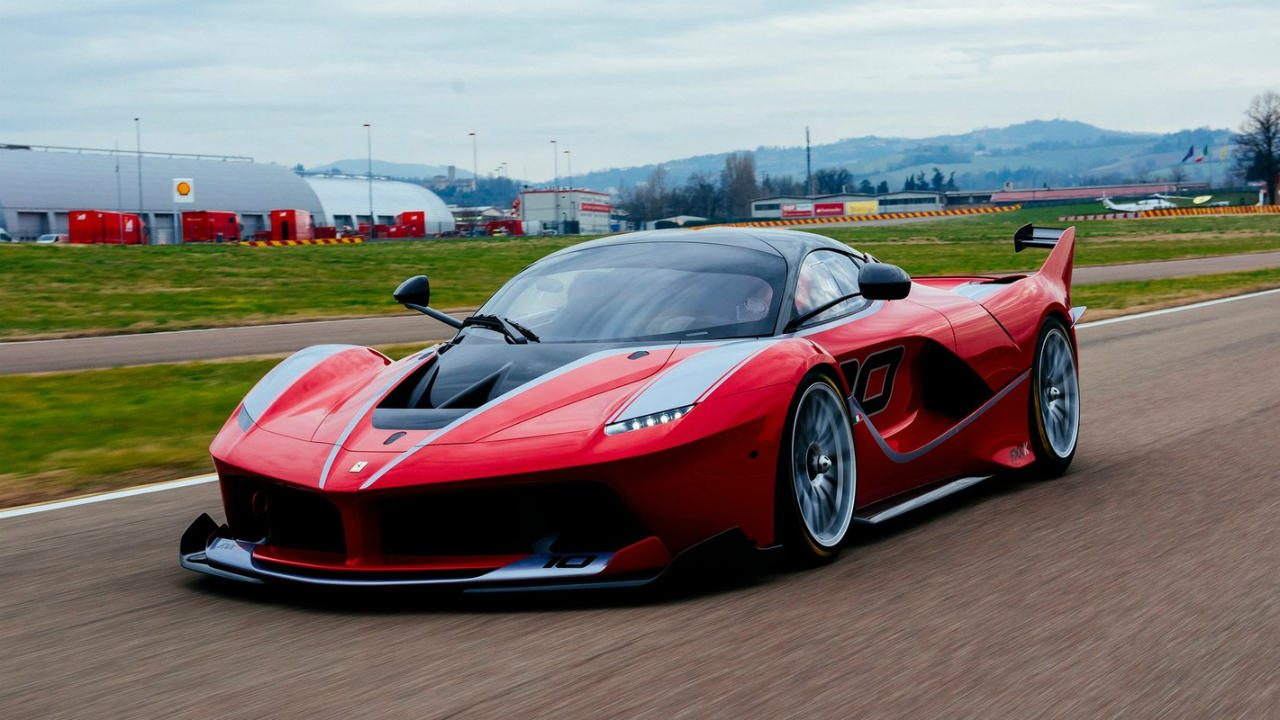
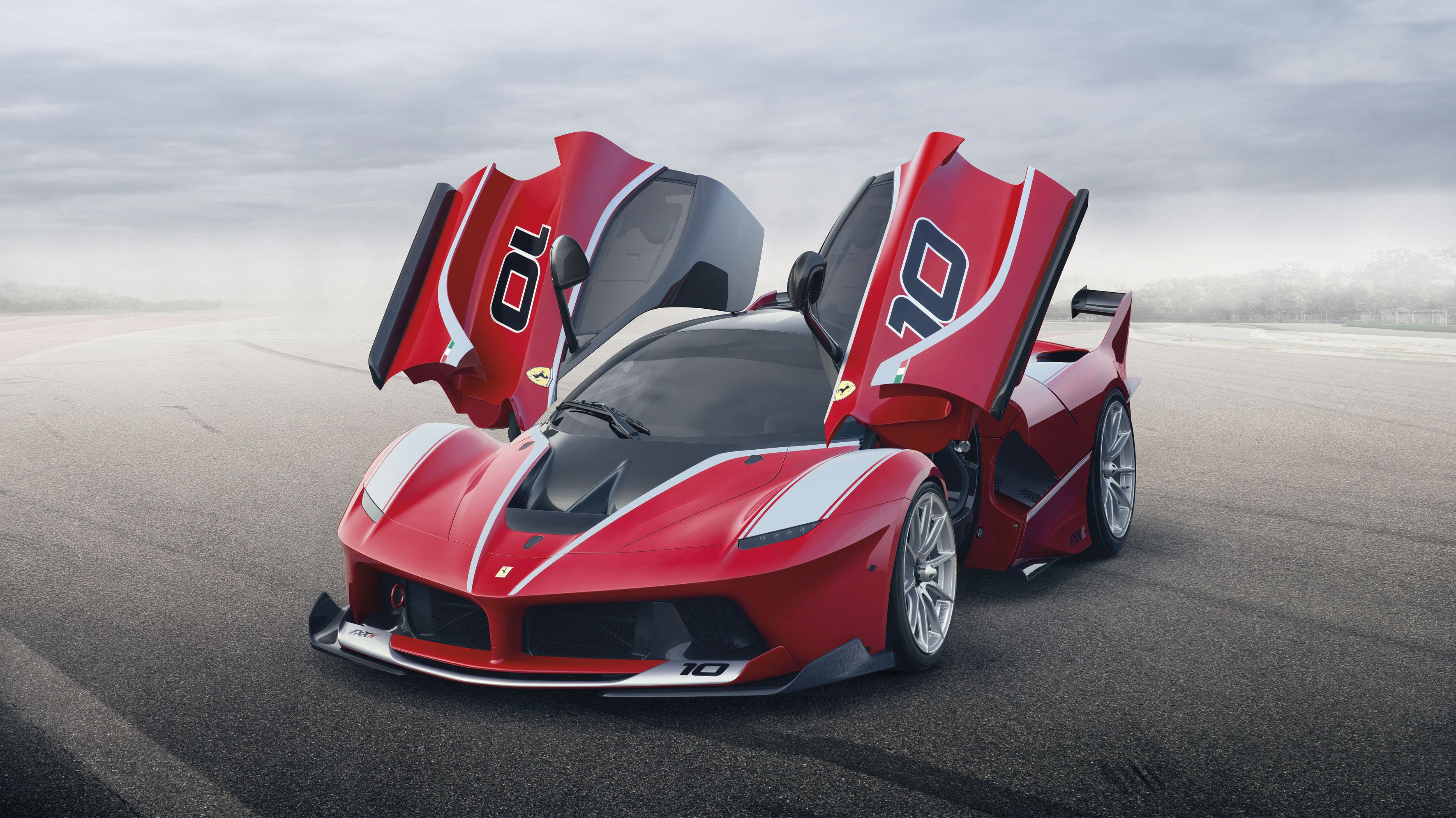
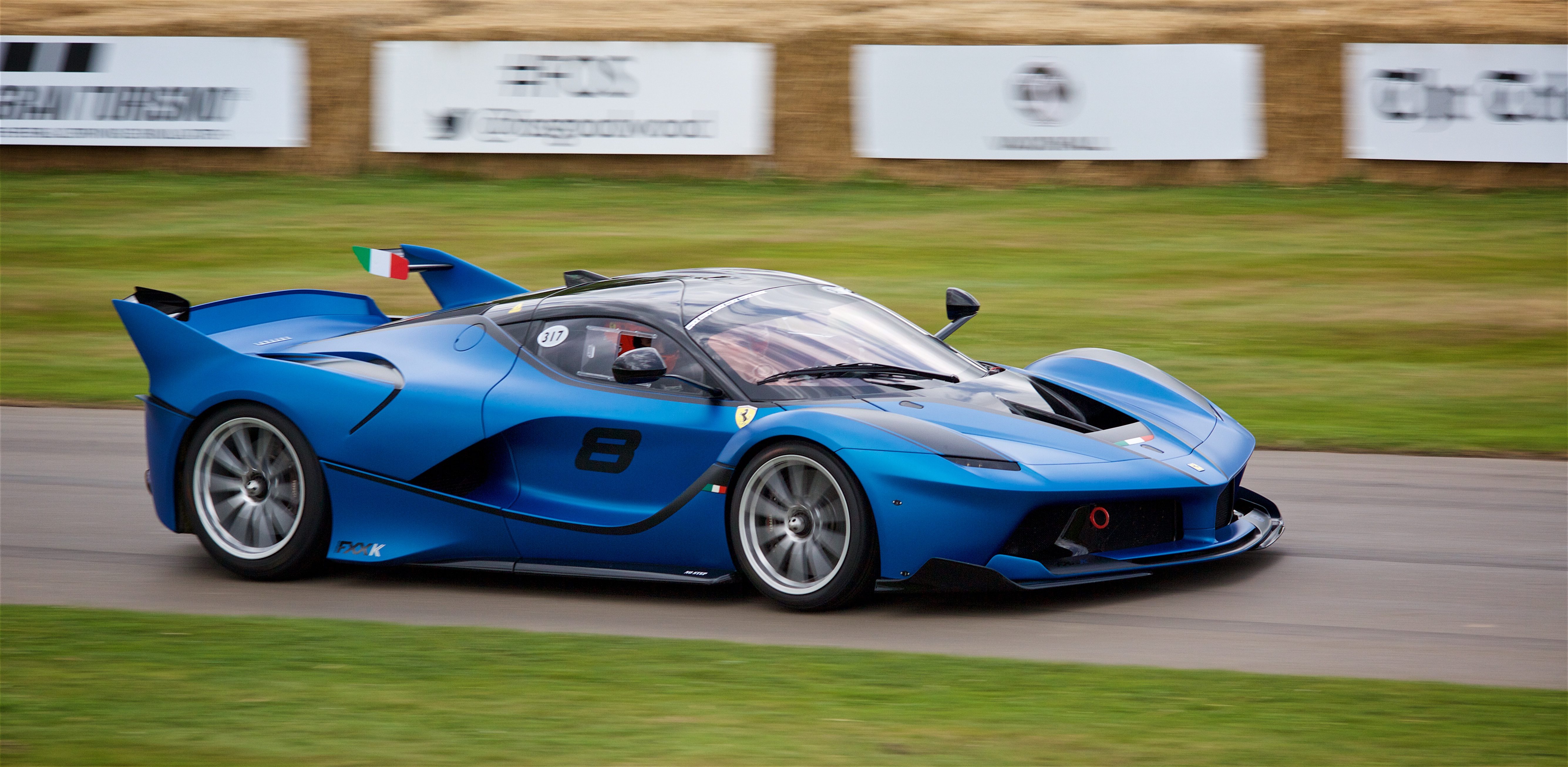
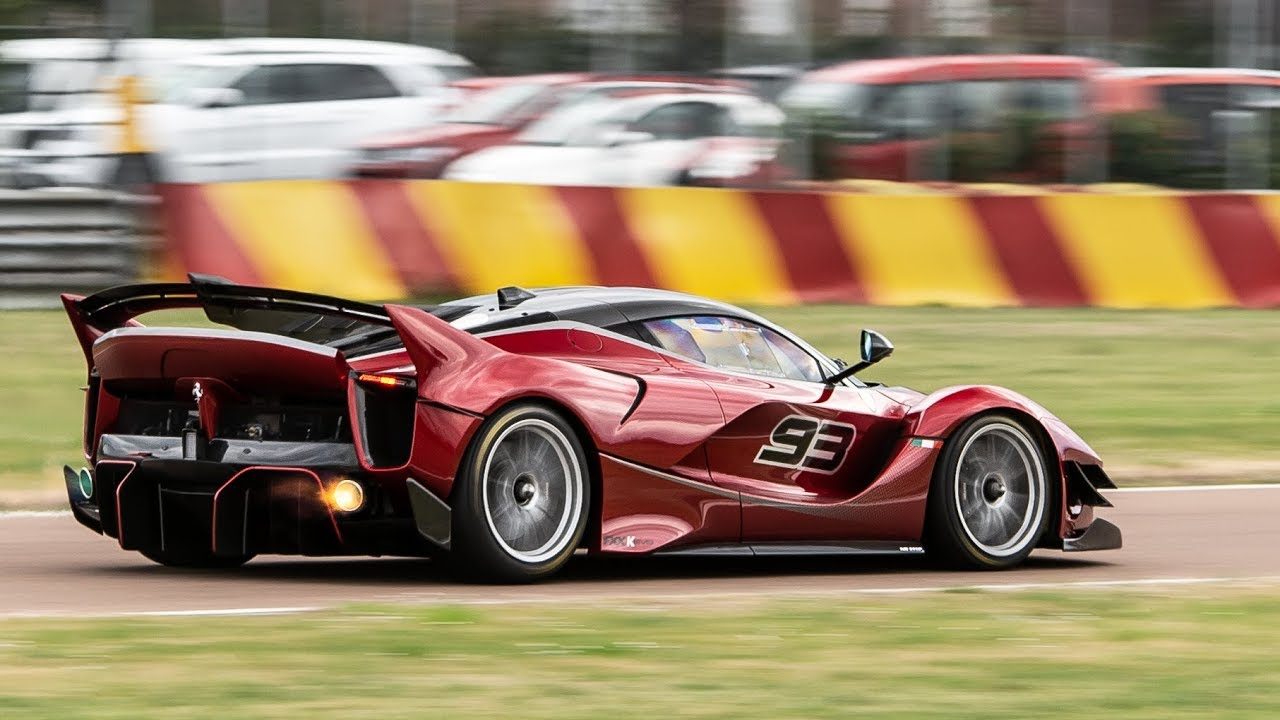
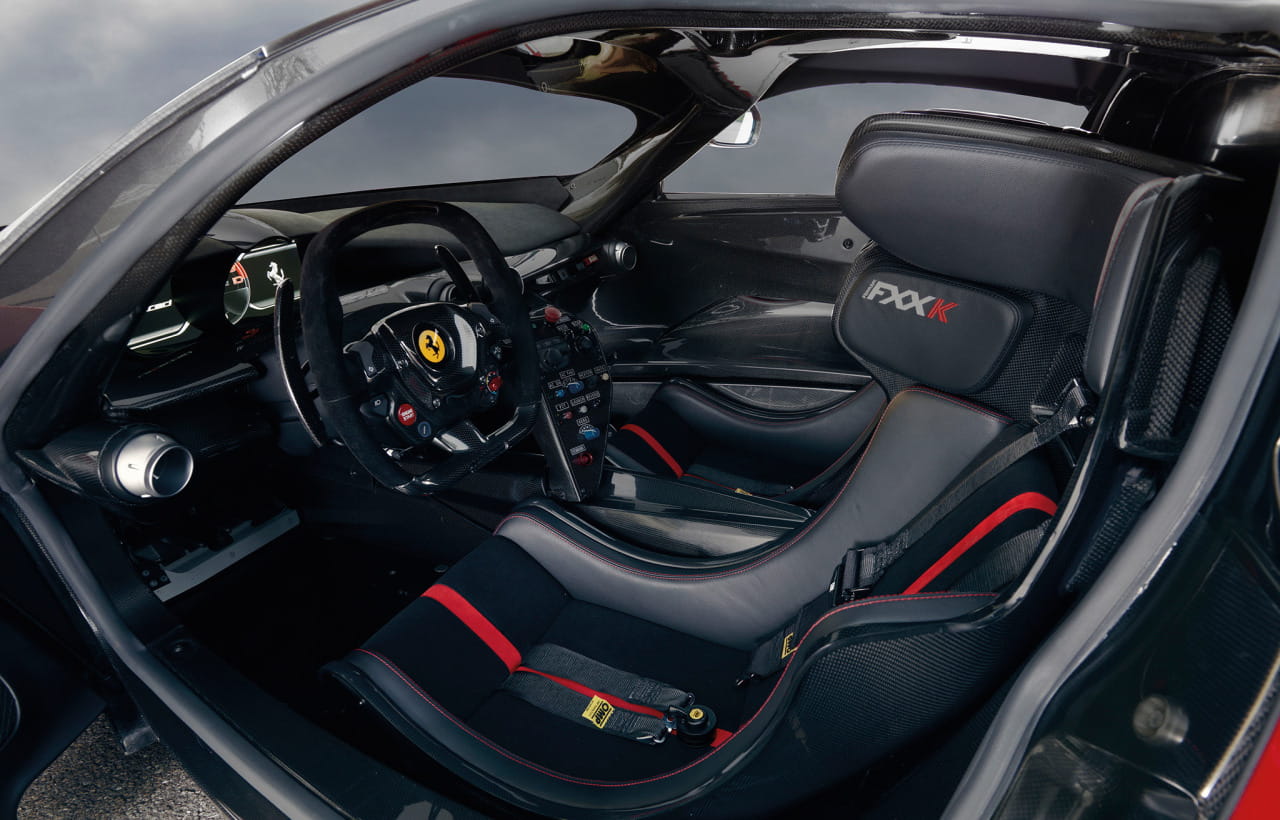
Engine: 6.3 L naturally aspirated F140 V12 + Electric motor (Hybrid)
Power: 1036 HP (combined power) / 9200 rpm
Torque: Over 664 ft-lb (combined torque) / 6500 rpm
Weight: 1165 kg (dry), 1285 kg (curb)
Transmission: DCT 7 speed Automatic
Drivetrain: Mid engine, Rear wheel drive
Additional Information: The Ferrari FXX-K is a high performance limited production track day car manufactured by automobile manufacturer Ferrari in Maranello, Italy. Designed by Marco Fainello, Adrián Méndez and architect Samuel Rodriguez at Centro Stile Ferrari, the FXX-K is based on the street-legal LaFerrari. It succeeds Ferrari's previous developmental track day offerings, the FXX (and the FXX Evo) and the 599XX (along with the 599XX Evo). In 2016, the FXX-K was awarded the Compasso d'Oro industrial design award.
The hybrid powerplant used in the FXX-K has a total power output of 1,050 PS (772 kW; 1,036 hp) and over 900 N⋅m (664 lb⋅ft), of which 860 PS (633 kW; 848 hp) are delivered by the V12 ICE and 190 PS (140 kW; 187 hp) by the electric motor. The V12 engine has been tuned for track use as well as the HY-KERS system. With a dry weight of 1,165 kg (2,568 lb), the FXX-K has extremely effective downforce generation of 540 kg (1,190 lb) at 200 km/h (124 mph).[3][4] The car has four driving modes: Qualify (maximum performance on short distance), Long Run (for long-distance driving), Fast Charge (for faster recharging of the battery) and Manual Boost, that uses all of the power of the engine and batteries for maximum torque, cornering and speed. It has F1-based technology, including the E-Diff electronic differential, F1-Trac traction control and racing ABS brakes, all controlled from the centre console (Manettino). Like the preceding FXX and 599XX, the FXX-K is a part of Ferrari's Client Test Driver program, that allows owners of XX cars to drive at special tracks, collecting data for use in future Ferrari road and race cars. The front of the car has a large splitter and twin-profile spoiler, the headlights are very small for improving aerodynamics. On the rear, the tail is higher and includes an electronically operated spoiler with a tail fin and a small wing at the end of each fin to maximize the downforce. The car has a top speed of 350 km/h (217 mph).







Last edited:
- 711

- Chile
- cristobal458
2007-2010 Peugeot 908 HDi FAP
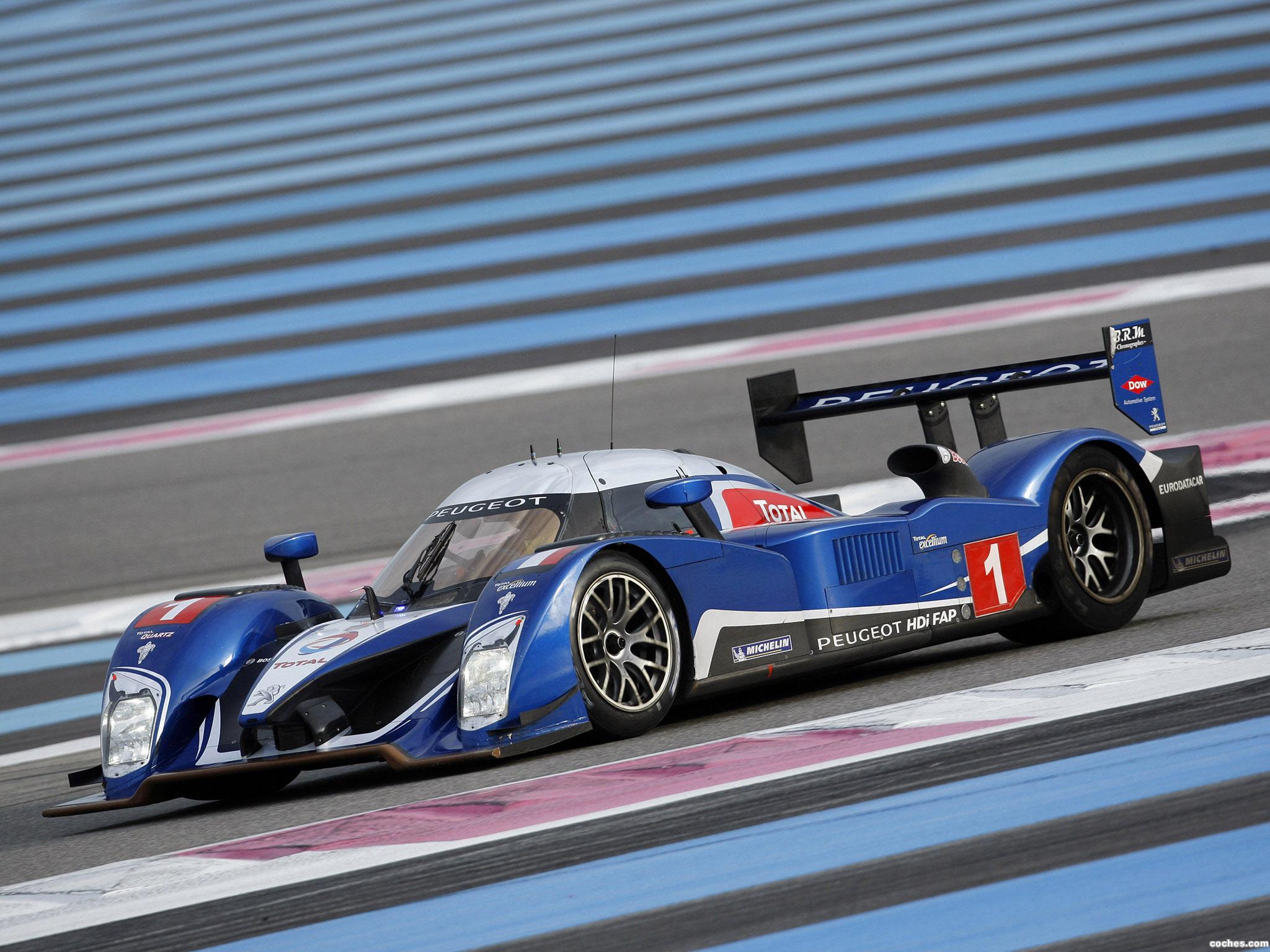
Racing Class: LMP1
Engine: Diesel 100º V12 Twin Turbo
Power: 700 HP
Torque: 885 ft-lbs
Weight: 925 kg
Transmission: Paddle Operated 6 speed Semi-Automatic
Drivetrain: Mid engine, Rear wheel drive
Additional Information: Winner of the 2009 24 Hours of Le Mans after 5 years of Audi dominance. 2007 and 2010 Le Mans Series Winner. 2010 Intercontinental Le Mans Cup winner.
The Peugeot 908 HDi FAP is a sports prototype racing car built by the French automobile manufacturer Peugeot to compete in the 24 Hours of Le Mans endurance race, starting in 2007 and eventually winning in 2009. This effort, in development since 2005, was publicly unveiled on 15 June 2005. It first competed against the Audi R10 TDI, becoming the second diesel engined sports car from a major manufacturer, and then against the Audi R15 TDI. This was Peugeot Sport's first Le Mans effort since the end of the Peugeot 905 project in 1993. It won 19 from the 28 races in which it raced between 2007 and 2010.

Racing Class: LMP1
Engine: Diesel 100º V12 Twin Turbo
Power: 700 HP
Torque: 885 ft-lbs
Weight: 925 kg
Transmission: Paddle Operated 6 speed Semi-Automatic
Drivetrain: Mid engine, Rear wheel drive
Additional Information: Winner of the 2009 24 Hours of Le Mans after 5 years of Audi dominance. 2007 and 2010 Le Mans Series Winner. 2010 Intercontinental Le Mans Cup winner.
The Peugeot 908 HDi FAP is a sports prototype racing car built by the French automobile manufacturer Peugeot to compete in the 24 Hours of Le Mans endurance race, starting in 2007 and eventually winning in 2009. This effort, in development since 2005, was publicly unveiled on 15 June 2005. It first competed against the Audi R10 TDI, becoming the second diesel engined sports car from a major manufacturer, and then against the Audi R15 TDI. This was Peugeot Sport's first Le Mans effort since the end of the Peugeot 905 project in 1993. It won 19 from the 28 races in which it raced between 2007 and 2010.
2010
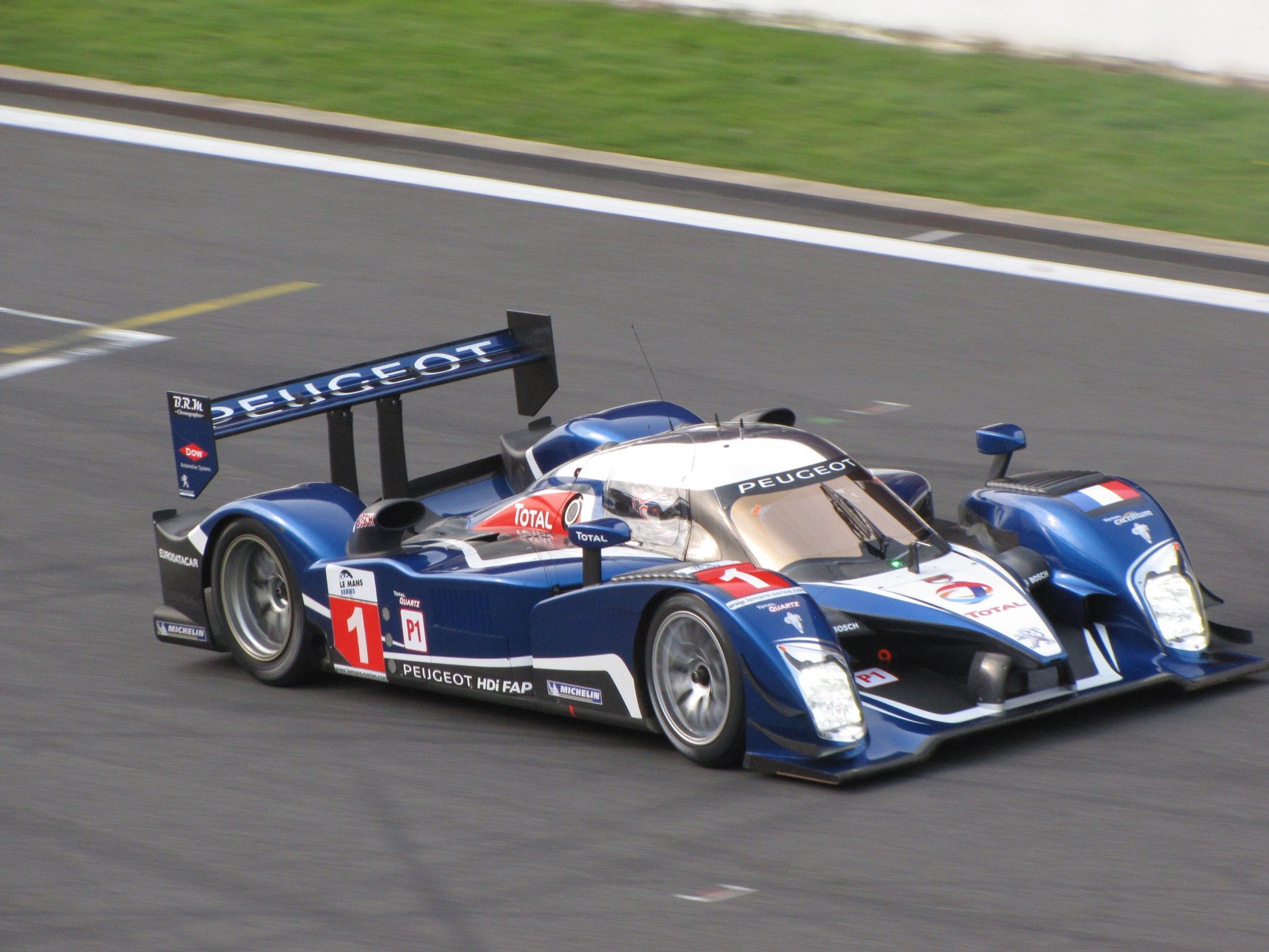
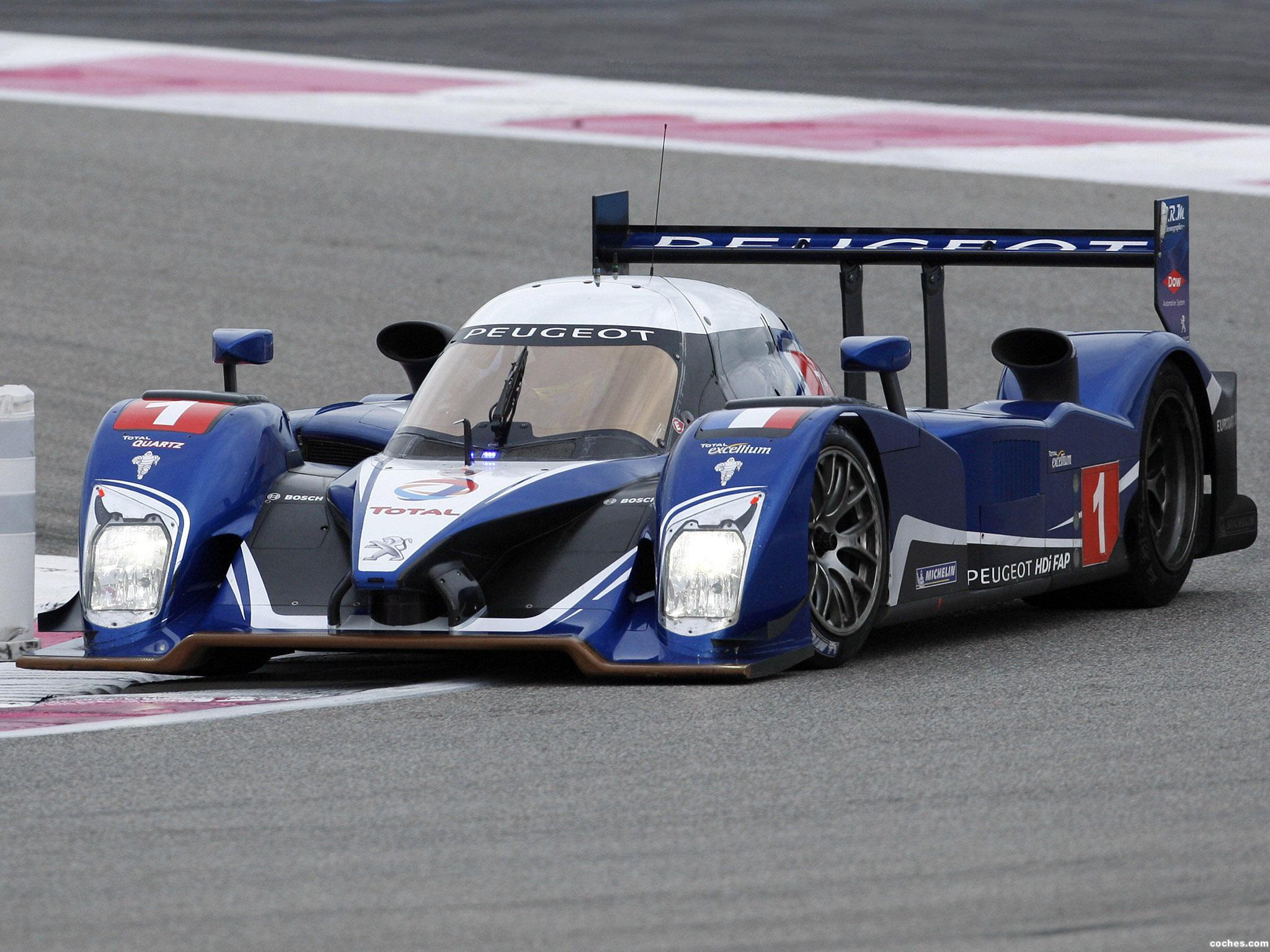
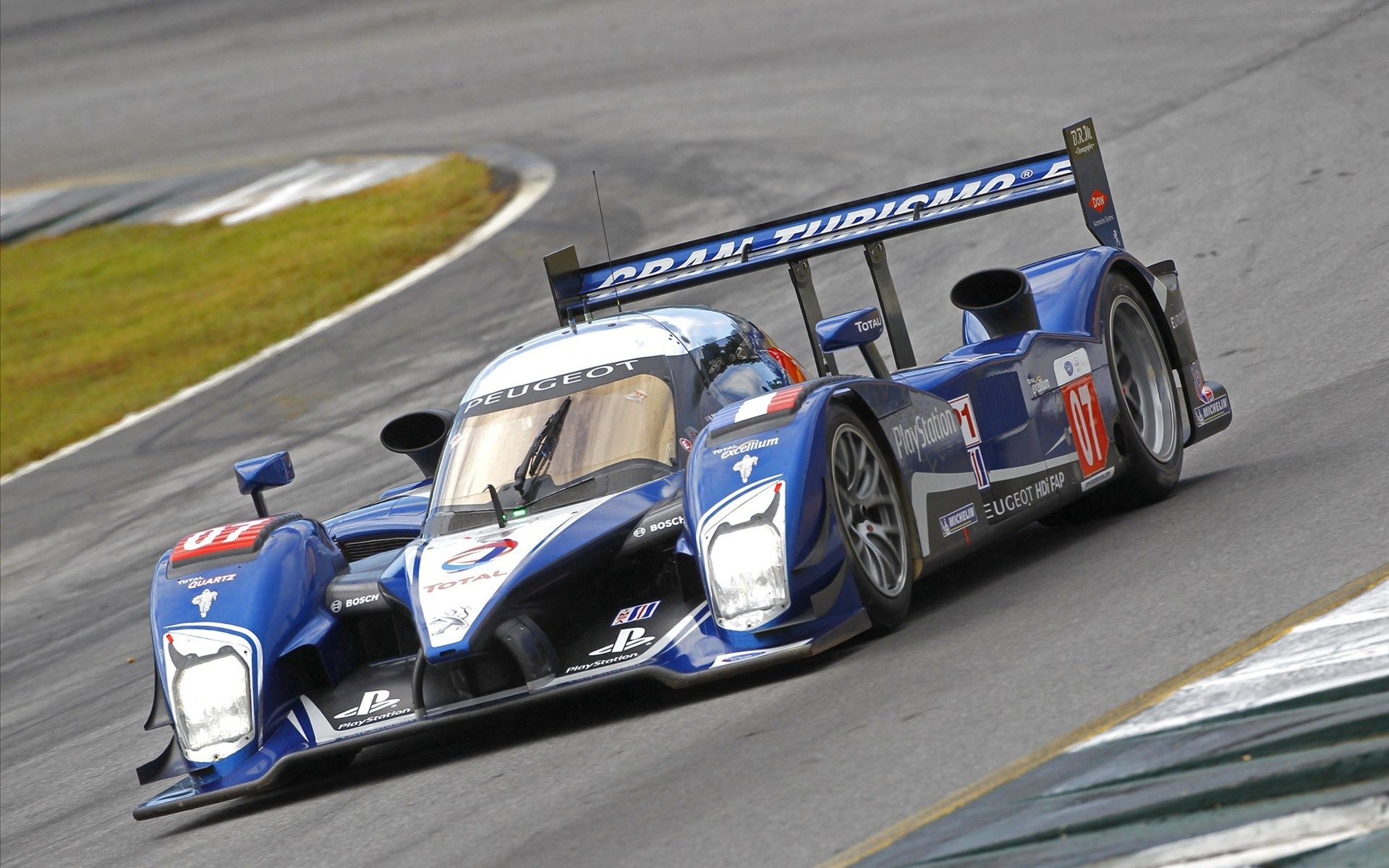
2009
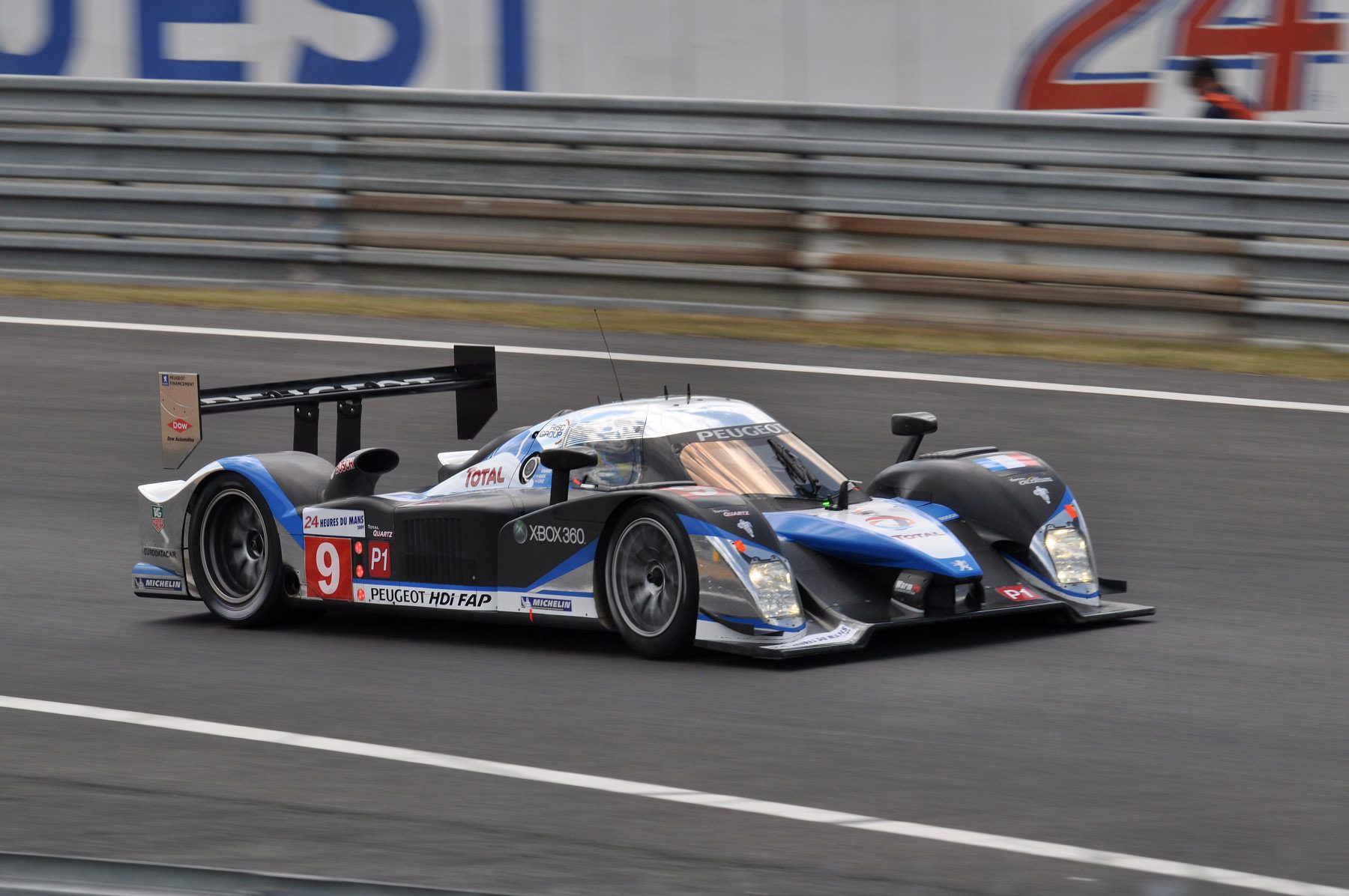
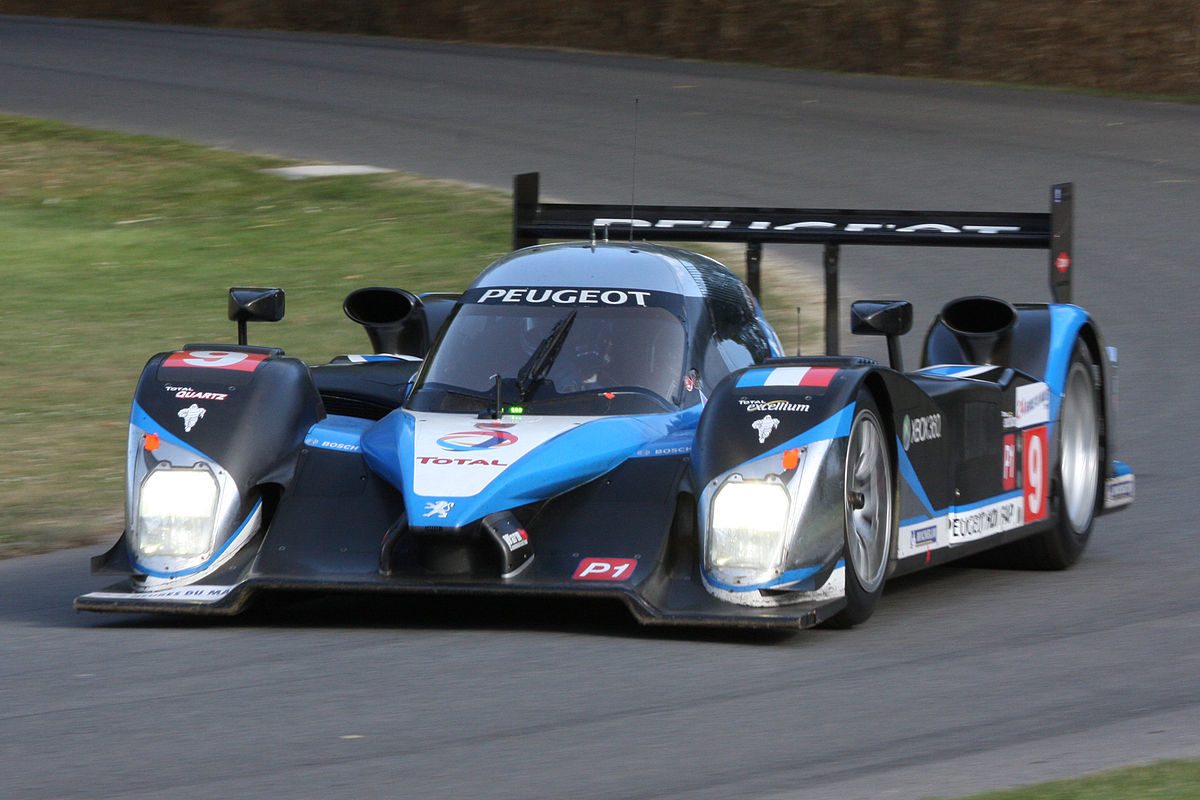
2007-2008
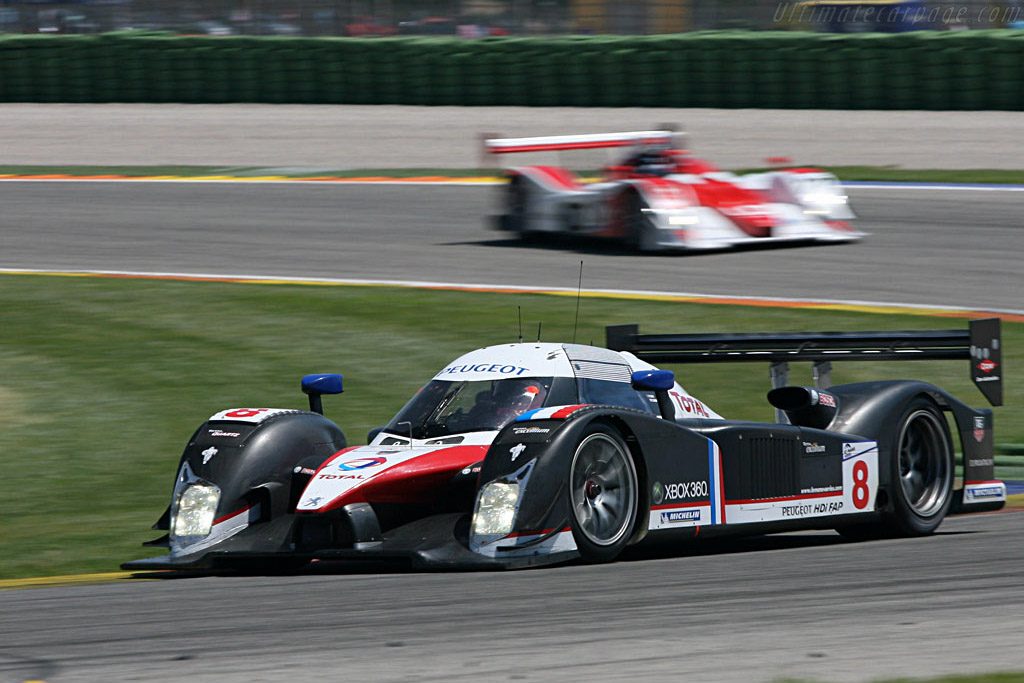
Other liveries
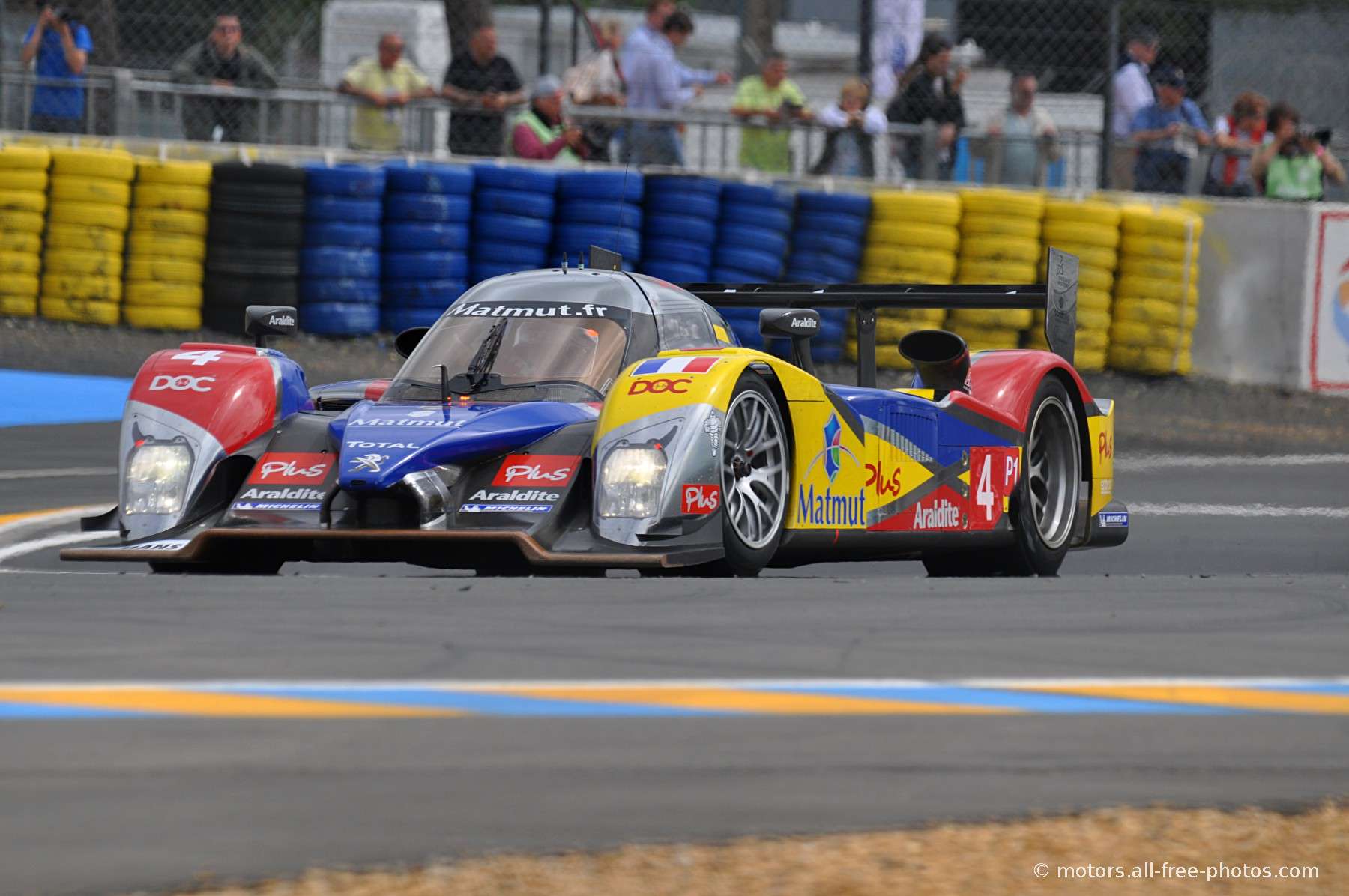

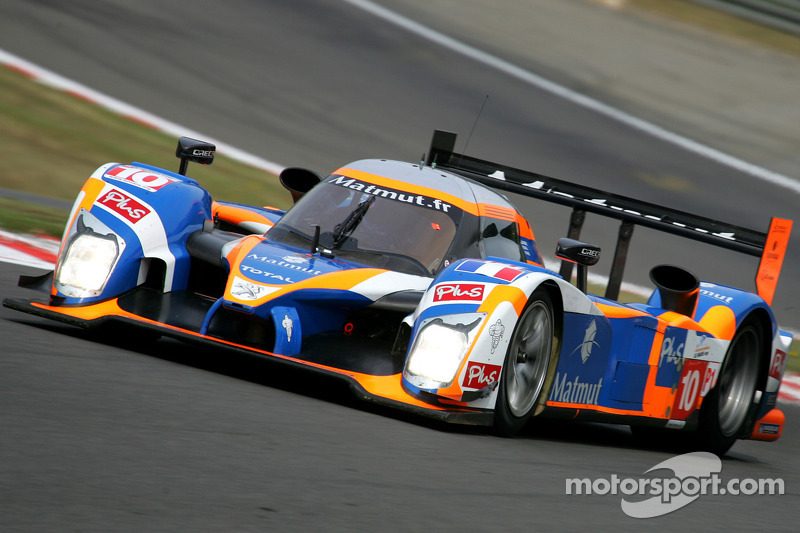


2009


2007-2008

Other liveries



Last edited:
- 114

- Bosnia and Herzegovina
• 1929-1940 Delage D8

• 1934-1937 Hispano-Suiza K6

• 1934-1937 Hispano-Suiza K6
Last edited:
- 236

- Buenos Aires, Argentina
Dacia 1310-1304-1307 (1998-2004)




As I said in the title, this nomination includes the 1310 (sedan and break), the 1304 (single cab pick-up) and the 1307 (double cab pick up). Basically the last generation of the Dacia's Renault 12 "inspired" 1300.
As I said in the title, this nomination includes the 1310 (sedan and break), the 1304 (single cab pick-up) and the 1307 (double cab pick up). Basically the last generation of the Dacia's Renault 12 "inspired" 1300.
Last edited:
1976-1986 Mercedes-Benz 123 series

Body Styles: 4dr Sedan (W123), 2 door coupe (C123), 4 door limousine (V123), 5 door estate (S123)
Engine: 2.0-2.3l I4 petrol , 2.5-2.8l I6 petrol, 2.0-2.4l I4 diesel, 3.0l I5 diesel, 3.0l I5 turbodiesel
Power: 54-182 HP
Torque: 83-184 lb-ft
Transmission: 4 speed 722.1 automatic, 4 speed 4G-TRONIC auto, 4 speed manual, 5 speed manual
Weight: 1340-1625 kg
Drivetrain: FR
Country: Germany
Additional Info: Also offered as a chassis (F123) for ambulances and hearses, but I won't include any of those. Also no AMGs for this nomination.
Body Styles: 4dr Sedan (W123), 2 door coupe (C123), 4 door limousine (V123), 5 door estate (S123)
Engine: 2.0-2.3l I4 petrol , 2.5-2.8l I6 petrol, 2.0-2.4l I4 diesel, 3.0l I5 diesel, 3.0l I5 turbodiesel
Power: 54-182 HP
Torque: 83-184 lb-ft
Transmission: 4 speed 722.1 automatic, 4 speed 4G-TRONIC auto, 4 speed manual, 5 speed manual
Weight: 1340-1625 kg
Drivetrain: FR
Country: Germany
Additional Info: Also offered as a chassis (F123) for ambulances and hearses, but I won't include any of those. Also no AMGs for this nomination.
- 1,657

- With Kim Jong Un
1963-1970 Maserati Mistral
 Body Style: 2-door coupe or 2-door spyder
Body Style: 2-door coupe or 2-door spyder
Engine: 3.5, 3.7, or 4.0 liter I6
Power: 235 HP (3500), 245 HP (3700), 265 HP (4000)
Torque: 253 lb-ft (3500), 289 lb-ft (3700), 268 lb-ft (4000)
Weight: 1,430 kg
Transmission: 5-speed manual
Drivetrain: front-engine, rear-wheel drive
1967-1969 Plymouth Barracuda

Engine: 3.5, 3.7, or 4.0 liter I6
Power: 235 HP (3500), 245 HP (3700), 265 HP (4000)
Torque: 253 lb-ft (3500), 289 lb-ft (3700), 268 lb-ft (4000)
Weight: 1,430 kg
Transmission: 5-speed manual
Drivetrain: front-engine, rear-wheel drive
1967-1969 Plymouth Barracuda
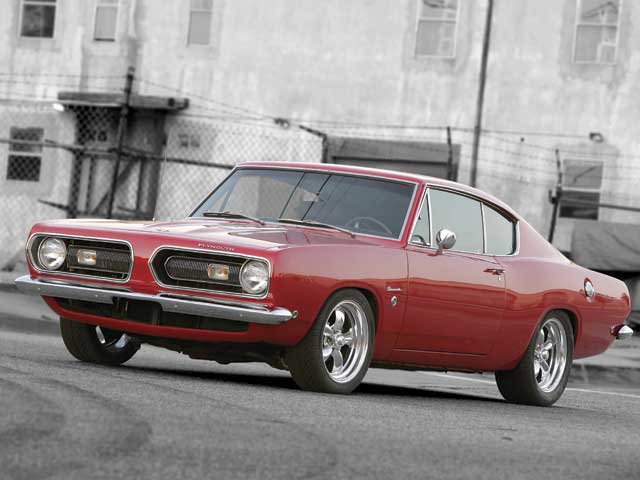
Body Style: 2-door fastback coupe, 2-door hardtop coupe or 2-door roadster
Engine: 3.7 liter Slant-6 I6, 4.5 liter LA V8, 5.2 liter LA V8, 5.6 liter LA V8, 6.3 liter B V8, 7.0 liter Hemi V8, 7.2 liter RB V8
Power: 145-425 HP
Torque: 215-490 lb-ft
Weight: 1,238-1,600 kg
Transmission: 3-speed automatic or 4-speed manual
Drivetrain: front-engine, rear-wheel drive
Engine: 3.7 liter Slant-6 I6, 4.5 liter LA V8, 5.2 liter LA V8, 5.6 liter LA V8, 6.3 liter B V8, 7.0 liter Hemi V8, 7.2 liter RB V8
Power: 145-425 HP
Torque: 215-490 lb-ft
Weight: 1,238-1,600 kg
Transmission: 3-speed automatic or 4-speed manual
Drivetrain: front-engine, rear-wheel drive
On a side note, there’s a good chance these will be my final two nominations for the Cool Wall since I’m hardly ever active on this site anymore and theres not that many more cars I can think of to nominate.
Last edited:
- 3,656

- Elizabeth, New Jersey, USA
2015-2016 Aston Martin-Lagonda Taraf

Body Style: 4-door sedan
Engine: 5.9L V12
Power: 540hp
Torque: 465lb-ft
Weight: 1995kg
Transmission: 8-speed automatic
Drivetrain: front-engine, rear-wheel drive
Additional Information: At a price of $1,000,000, this was Aston Martin's most second-most expensive production car ever, after the One-77. It was also its longest, at 212 inches, five inches longer than the original Lagonda. Work on the Taraf begun in 2009, the centenary of the deceased British luxury brand Lagonda, and was designed to be the most exclusive luxury sedan one can possibly buy, having been 100% hand-designed, and at a level even above a Phantom, Mulsanne, or Maybach. "Taraf" translates to luxury in Arabic, as the car was originally supposed to be sold in UAE and Saudi Arabia only with 100 units built. In actuality, 120 units were built, and over half were exported to UK, Japan, and the US. It had a 0-60 time of 4.4 seconds and top speed of 196mph.
Body Style: 4-door sedan
Engine: 5.9L V12
Power: 540hp
Torque: 465lb-ft
Weight: 1995kg
Transmission: 8-speed automatic
Drivetrain: front-engine, rear-wheel drive
Additional Information: At a price of $1,000,000, this was Aston Martin's most second-most expensive production car ever, after the One-77. It was also its longest, at 212 inches, five inches longer than the original Lagonda. Work on the Taraf begun in 2009, the centenary of the deceased British luxury brand Lagonda, and was designed to be the most exclusive luxury sedan one can possibly buy, having been 100% hand-designed, and at a level even above a Phantom, Mulsanne, or Maybach. "Taraf" translates to luxury in Arabic, as the car was originally supposed to be sold in UAE and Saudi Arabia only with 100 units built. In actuality, 120 units were built, and over half were exported to UK, Japan, and the US. It had a 0-60 time of 4.4 seconds and top speed of 196mph.
Last edited:
- 3,656

- Elizabeth, New Jersey, USA
2001-2003 Acura CL

Body Style: 2-door coupe
Engine: 3.2L V6
Power: 225-261hp
Torque: 217-232lb-ft
Weight: 1565-1590kg
Tranmission: 5-speed automatic, 6-speed manual
Drivetrain: front-engine, rear-wheel drive
Additional Information: Like the first-generation CL, the second-gen was largely based on the TL sedan, and was sold exclusively in North America, with no Japanese version. The second-gen CL placed a greater emphasis on sportiness and a premium aesthetic, hence having a higher starting price. It also featured a Type-S variant making 260hp and a 6-speed manual, allowing for a 0-60 time of 5.7 seconds and top speed of 160mph. Due to poor sales, the CL was dropped after three model years with no successor.
Body Style: 2-door coupe
Engine: 3.2L V6
Power: 225-261hp
Torque: 217-232lb-ft
Weight: 1565-1590kg
Tranmission: 5-speed automatic, 6-speed manual
Drivetrain: front-engine, rear-wheel drive
Additional Information: Like the first-generation CL, the second-gen was largely based on the TL sedan, and was sold exclusively in North America, with no Japanese version. The second-gen CL placed a greater emphasis on sportiness and a premium aesthetic, hence having a higher starting price. It also featured a Type-S variant making 260hp and a 6-speed manual, allowing for a 0-60 time of 5.7 seconds and top speed of 160mph. Due to poor sales, the CL was dropped after three model years with no successor.
Last edited:
1992-1997 Saab 9000 CC/CD Carlsson/Talladega and CS Turbo Aero

Body Style: 5-door liftback, 4 door sedan
Engine: 2.0 (B204L) and 2.3 (B234R) Turbo Aero I4
Power: 175-222 HP
Torque: 192-252lb-ft
Weight: in the 1410-1465 kg range
Tranmission: 4-speed 4HP18 automatic, 5-speed F25 manual
Drivetrain: front-engine, front-wheel drive
Body Style: 5-door liftback, 4 door sedan
Engine: 2.0 (B204L) and 2.3 (B234R) Turbo Aero I4
Power: 175-222 HP
Torque: 192-252lb-ft
Weight: in the 1410-1465 kg range
Tranmission: 4-speed 4HP18 automatic, 5-speed F25 manual
Drivetrain: front-engine, front-wheel drive
Last edited:
- 711

- Chile
- cristobal458
2015-2017 Ferrari FXX-K

Body Style: 2-Door Coupe
Engine: 6.3 L naturally aspirated F140 V12 + Electric motor (Hybrid)
Power: 1036 HP (combined power) / 9200 rpm
Torque: Over 664 ft-lb (combined torque) / 6500 rpm
Weight: 1165 kg (dry), 1285 kg (curb)
Transmission: DCT 7 speed Automatic
Drivetrain: Mid engine, Rear wheel drive
Additional Information: The Ferrari FXX-K is a high performance limited production track day car manufactured by automobile manufacturer Ferrari in Maranello, Italy. Designed by Marco Fainello, Adrián Méndez and architect Samuel Rodriguez at Centro Stile Ferrari, the FXX-K is based on the street-legal LaFerrari. It succeeds Ferrari's previous developmental track day offerings, the FXX (and the FXX Evo) and the 599XX (along with the 599XX Evo). In 2016, the FXX-K was awarded the Compasso d'Oro industrial design award.
The hybrid powerplant used in the FXX-K has a total power output of 1,050 PS (772 kW; 1,036 hp) and over 900 N⋅m (664 lb⋅ft), of which 860 PS (633 kW; 848 hp) are delivered by the V12 ICE and 190 PS (140 kW; 187 hp) by the electric motor. The V12 engine has been tuned for track use as well as the HY-KERS system. With a dry weight of 1,165 kg (2,568 lb), the FXX-K has extremely effective downforce generation of 540 kg (1,190 lb) at 200 km/h (124 mph).[3][4] The car has four driving modes: Qualify (maximum performance on short distance), Long Run (for long-distance driving), Fast Charge (for faster recharging of the battery) and Manual Boost, that uses all of the power of the engine and batteries for maximum torque, cornering and speed. It has F1-based technology, including the E-Diff electronic differential, F1-Trac traction control and racing ABS brakes, all controlled from the centre console (Manettino). Like the preceding FXX and 599XX, the FXX-K is a part of Ferrari's Client Test Driver program, that allows owners of XX cars to drive at special tracks, collecting data for use in future Ferrari road and race cars. The front of the car has a large splitter and twin-profile spoiler, the headlights are very small for improving aerodynamics. On the rear, the tail is higher and includes an electronically operated spoiler with a tail fin and a small wing at the end of each fin to maximize the downforce. The car has a top speed of 350 km/h (217 mph).







I added the specs and images.2007-2010 Peugeot 908 HDi FAP

Racing Class: LMP1
Engine: Diesel 100º V12 Twin Turbo
Power: 700 HP
Torque: 885 ft-lbs
Weight: 925 kg
Transmission: Paddle Operated 6 speed Semi-Automatic
Drivetrain: Mid engine, Rear wheel drive
Additional Information: Winner of the 2009 24 Hours of Le Mans after 5 years of Audi dominance. 2007 and 2010 Le Mans Series Winner. 2010 Intercontinental Le Mans Cup winner.
The Peugeot 908 HDi FAP is a sports prototype racing car built by the French automobile manufacturer Peugeot to compete in the 24 Hours of Le Mans endurance race, starting in 2007 and eventually winning in 2009. This effort, in development since 2005, was publicly unveiled on 15 June 2005. It first competed against the Audi R10 TDI, becoming the second diesel engined sports car from a major manufacturer, and then against the Audi R15 TDI. This was Peugeot Sport's first Le Mans effort since the end of the Peugeot 905 project in 1993. It won 19 from the 28 races in which it raced between 2007 and 2010.
2010



2009


2007-2008

Other liveries



- 711

- Chile
- cristobal458
2019- Apollo Intensa Emozione
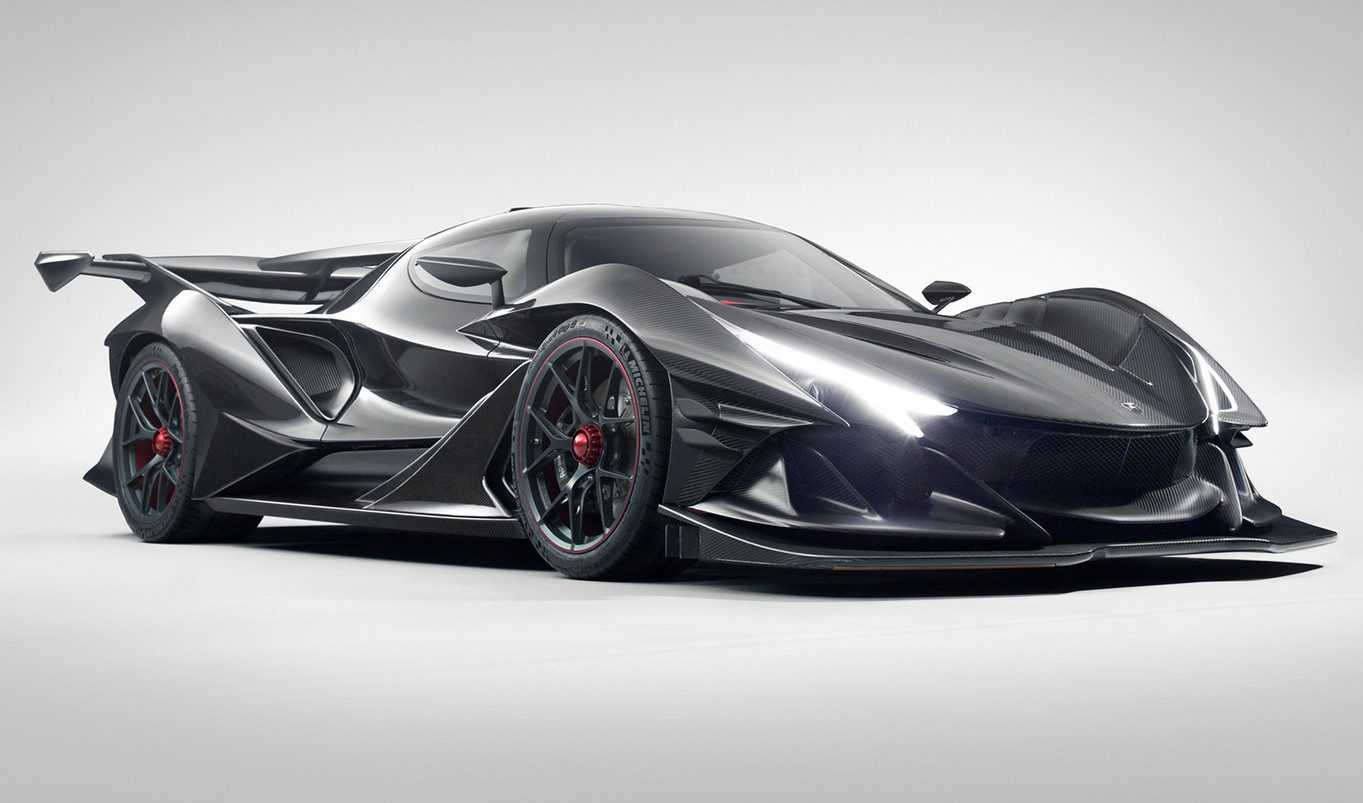


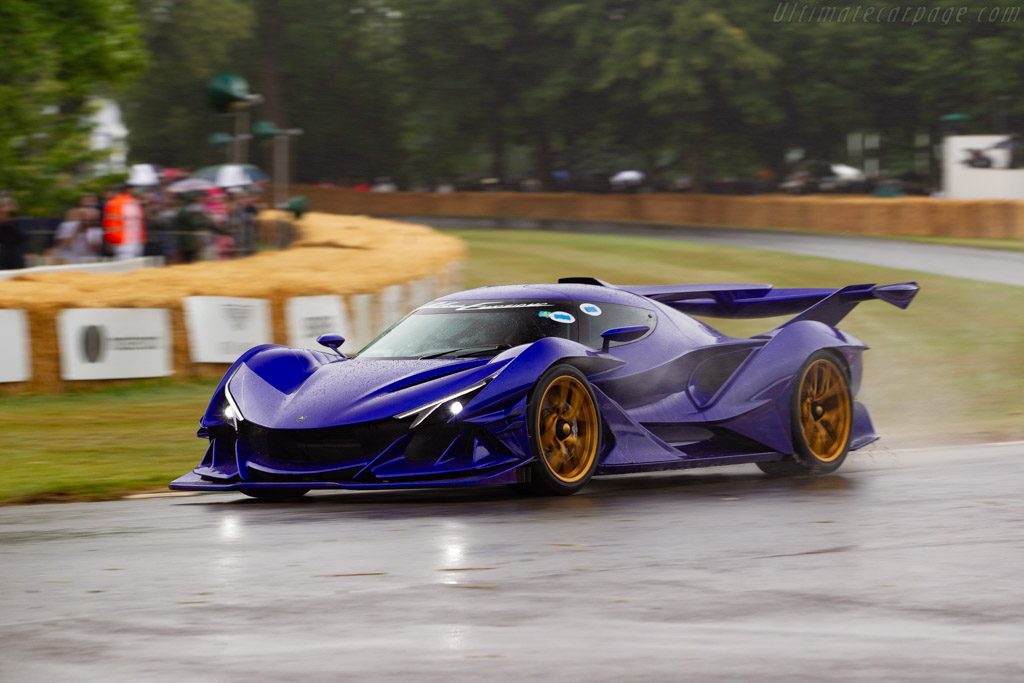

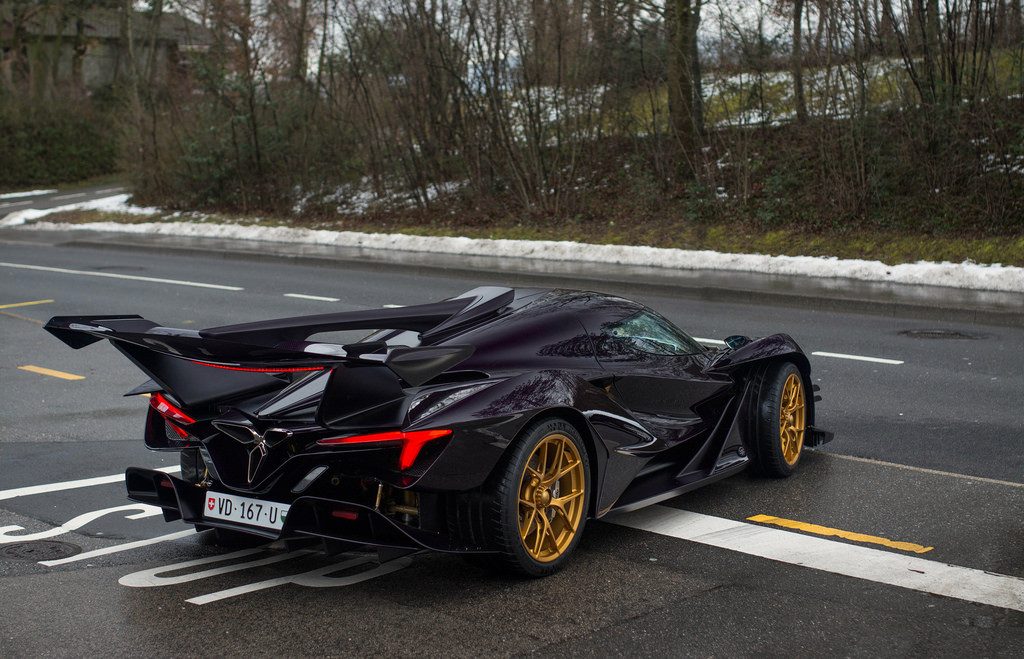
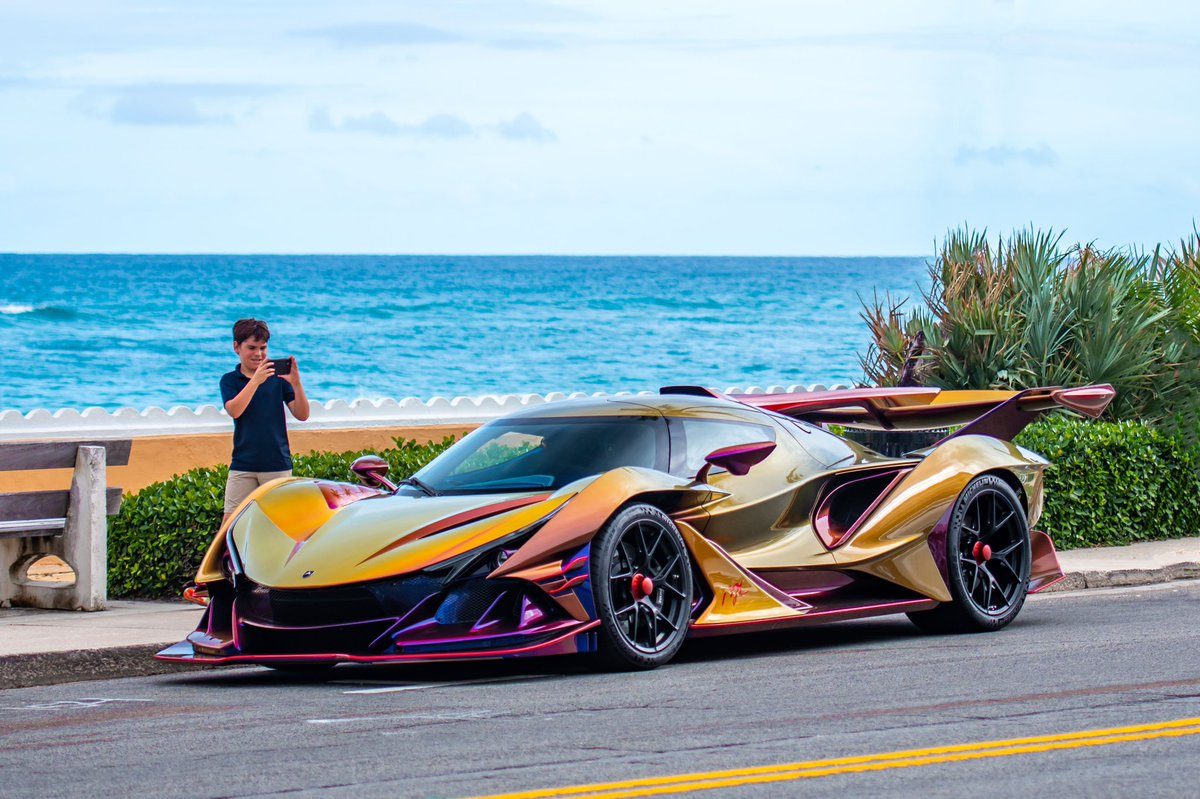

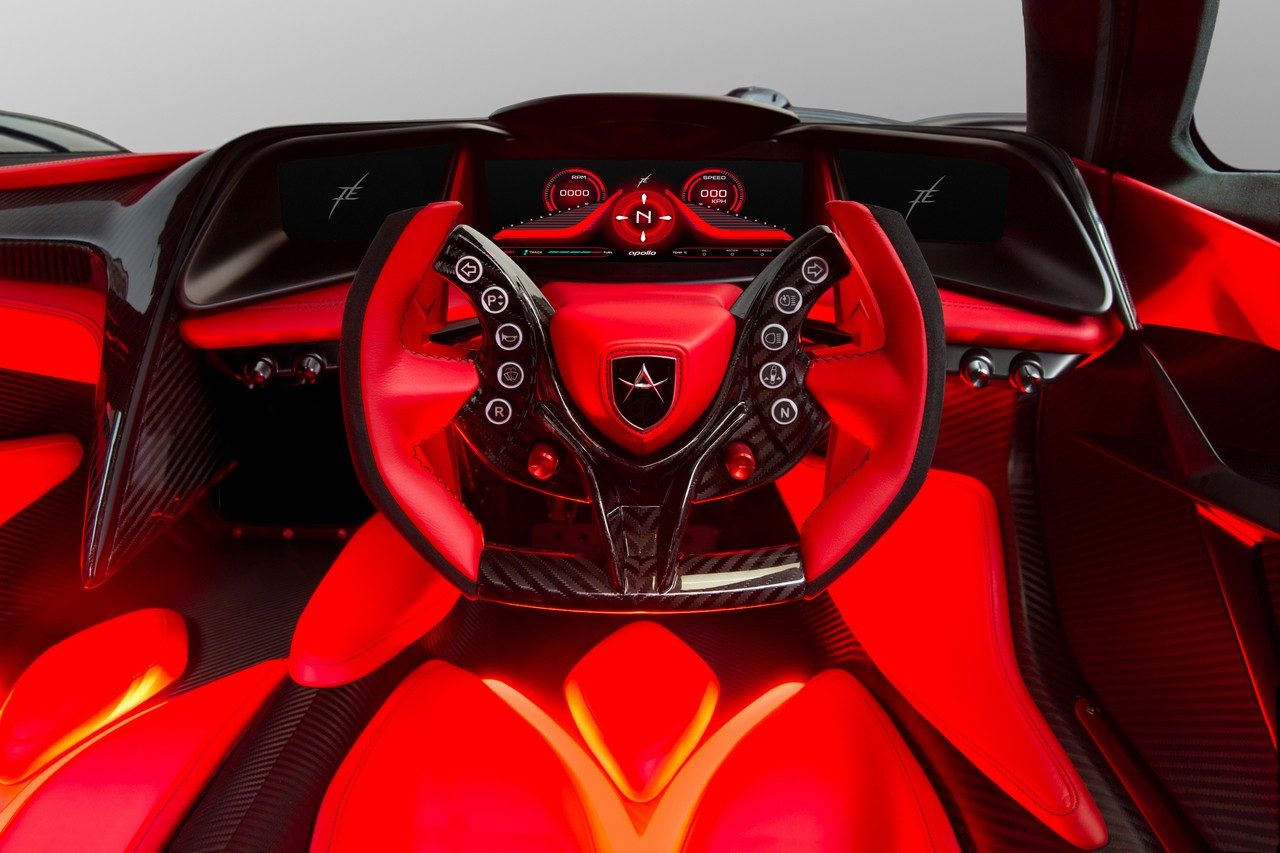
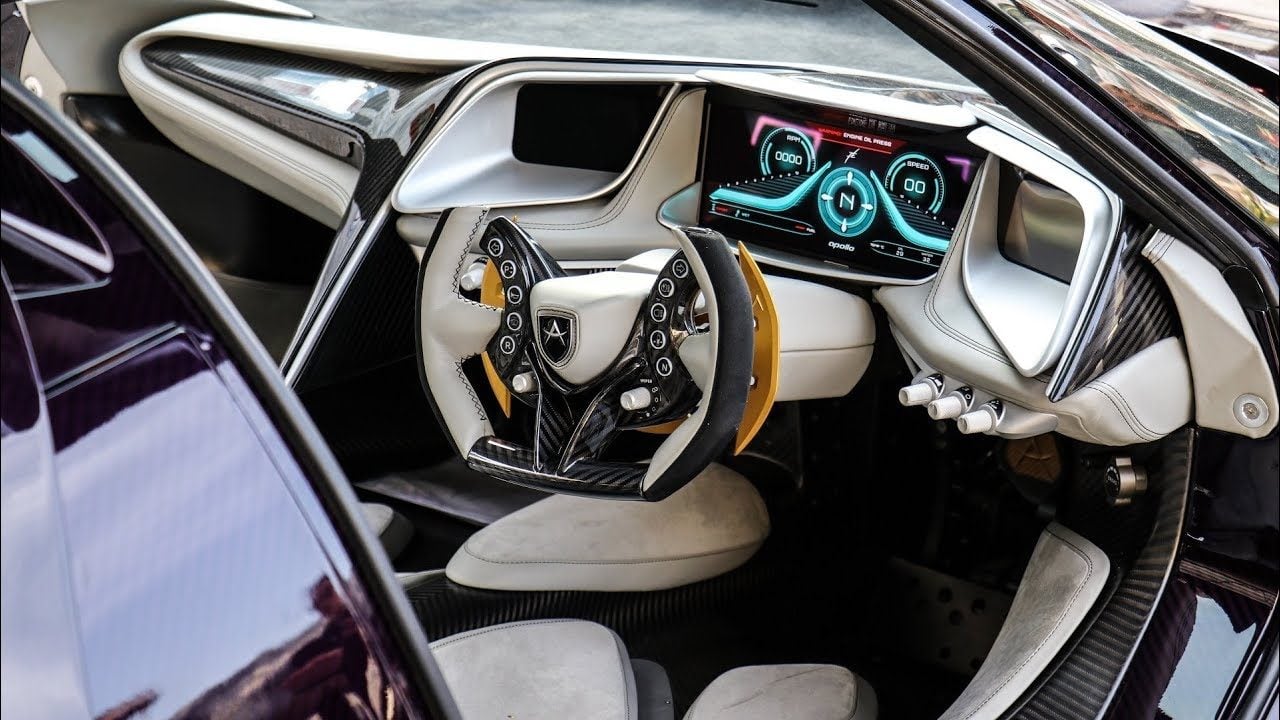

Body Style: 2-door coupe
Engine: 6.3 L V12
Power: 780+ HP / 8500 rpm
Torque: 561 ft-lb / 6000 rpm
Weight: 1250 kg
Transmission: 6-speed Hewland sequential w/electro-pneumatic paddle-shift system
Drivetrain: Mid engine, Rear wheel drive
Additional Information:
The Apollo Intensa Emozione, sometimes referred as the IE, is a mid-engine sports car manufactured by German automobile manufacturer Apollo Automobil GmbH, designed by their chief designer Joe Wang. The name itself means 'intense emotion' in Italian.
This is the first vehicle made by Apollo since the Gumpert Apollo that went into production 14 years before.
The exterior design is based on airflow and nature, insects and marine animals in particular. The interior is based entirely on the nature theme, with a cocoon-style carbon fiber tub cockpit, in the style of a leather-wrapped prototype race car. Apart from the natural thought, the car was also intended to have a design that would stand out from all other sports cars.
The Intensa Emozione uses a Ferrari derived 6.3-litre naturally-aspirated V12 engine developed by Autotecnica Motori and HWA AG. It is rated approximately 791 PS (582 kW; 780 hp) at 8,500 rpm and around 760 N⋅m (561 lb⋅ft) of torque at 6,000 rpm. The engine reportedly has a redline of 9,000 rpm. All of the power is sent to the rear wheels through a 6-speed Hewland sequential manual transmission. The weight stands at 1,250 kg (2,755 lb).
The dampers are built by Bilstein, and are three-way adjustable (comfort, sport, auto). The car utilises Brembo carbon ceramic brakes with sizes 380 x 34 mm at the front and rear along with 6-piston callipers up front and 4-piston callipers at the rear. Michelin supplies their Sport Cup 2 high performance tires for the cars, to allow for maximum performance and grip. Pankl Racing Systems is the supplier for the differential.
The Intensa Emozione is capable of accelerating from 0–97 km/h (60 mph) in 2.7 seconds, with a projected top speed of 335 km/h (208 mph). The car produces a maximum downforce of 1,350 kg (2,976 lb) at 299 km/h (186 mph).
Engine: 6.3 L V12
Power: 780+ HP / 8500 rpm
Torque: 561 ft-lb / 6000 rpm
Weight: 1250 kg
Transmission: 6-speed Hewland sequential w/electro-pneumatic paddle-shift system
Drivetrain: Mid engine, Rear wheel drive
Additional Information:
The Apollo Intensa Emozione, sometimes referred as the IE, is a mid-engine sports car manufactured by German automobile manufacturer Apollo Automobil GmbH, designed by their chief designer Joe Wang. The name itself means 'intense emotion' in Italian.
This is the first vehicle made by Apollo since the Gumpert Apollo that went into production 14 years before.
The exterior design is based on airflow and nature, insects and marine animals in particular. The interior is based entirely on the nature theme, with a cocoon-style carbon fiber tub cockpit, in the style of a leather-wrapped prototype race car. Apart from the natural thought, the car was also intended to have a design that would stand out from all other sports cars.
The Intensa Emozione uses a Ferrari derived 6.3-litre naturally-aspirated V12 engine developed by Autotecnica Motori and HWA AG. It is rated approximately 791 PS (582 kW; 780 hp) at 8,500 rpm and around 760 N⋅m (561 lb⋅ft) of torque at 6,000 rpm. The engine reportedly has a redline of 9,000 rpm. All of the power is sent to the rear wheels through a 6-speed Hewland sequential manual transmission. The weight stands at 1,250 kg (2,755 lb).
The dampers are built by Bilstein, and are three-way adjustable (comfort, sport, auto). The car utilises Brembo carbon ceramic brakes with sizes 380 x 34 mm at the front and rear along with 6-piston callipers up front and 4-piston callipers at the rear. Michelin supplies their Sport Cup 2 high performance tires for the cars, to allow for maximum performance and grip. Pankl Racing Systems is the supplier for the differential.
The Intensa Emozione is capable of accelerating from 0–97 km/h (60 mph) in 2.7 seconds, with a projected top speed of 335 km/h (208 mph). The car produces a maximum downforce of 1,350 kg (2,976 lb) at 299 km/h (186 mph).









Last edited:
- 711

- Chile
- cristobal458
1988-1989 Jaguar XJR-9
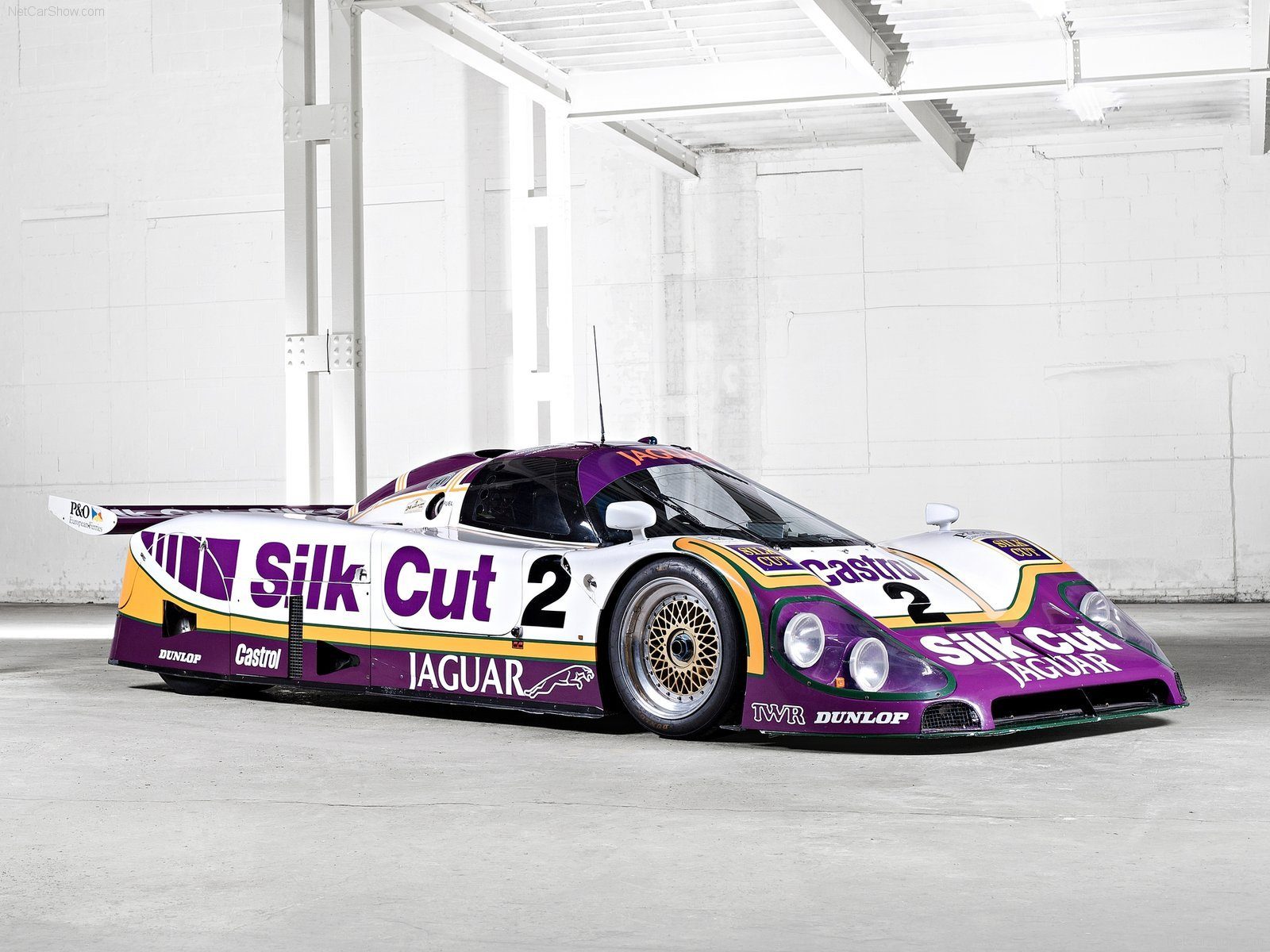
Racing Class: Group C, IMSA GTP
Engine: 6.9 L N/A Jaguar 60º V12
Power: 750 HP / 7200 rpm
Torque: 611 ft-lbs / 5500 rpm
Weight: 881 kg
Transmission: March/TWR 5 speed Manual
Drivetrain: Mid engine, Rear wheel drive
Additional Information: Winner of the 1988 24 Hours of Le Mans after 7 years of Porsche dominance, 1988 World Sportscar Championship winner, 1988 Daytona 24 hours winner
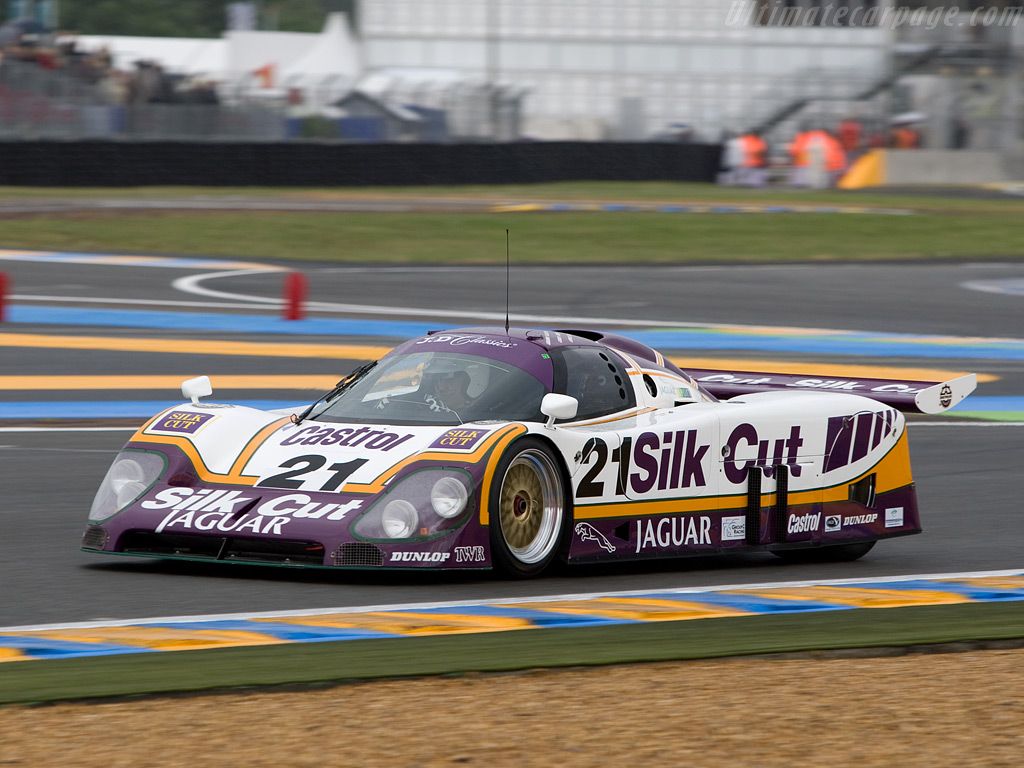
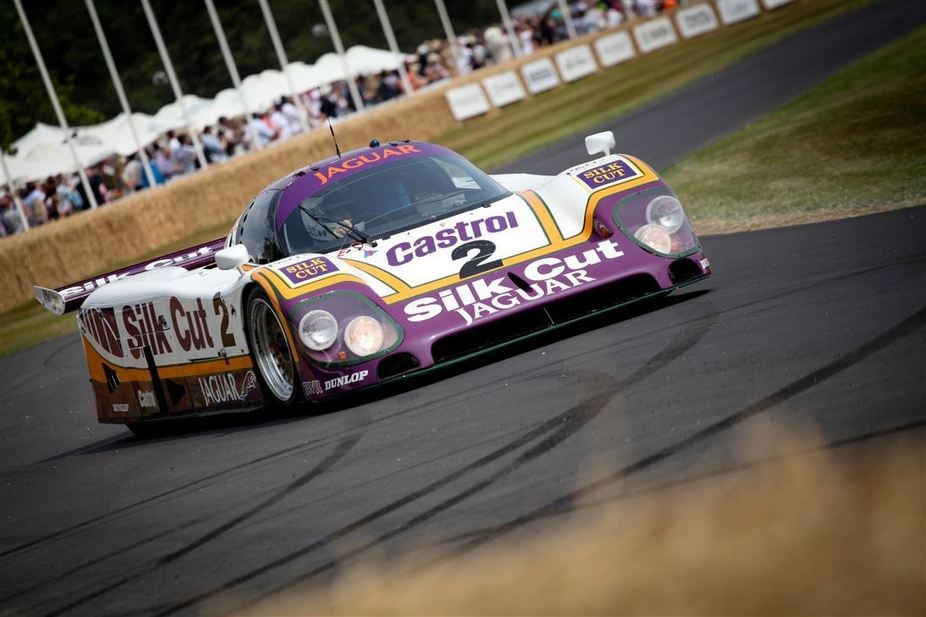
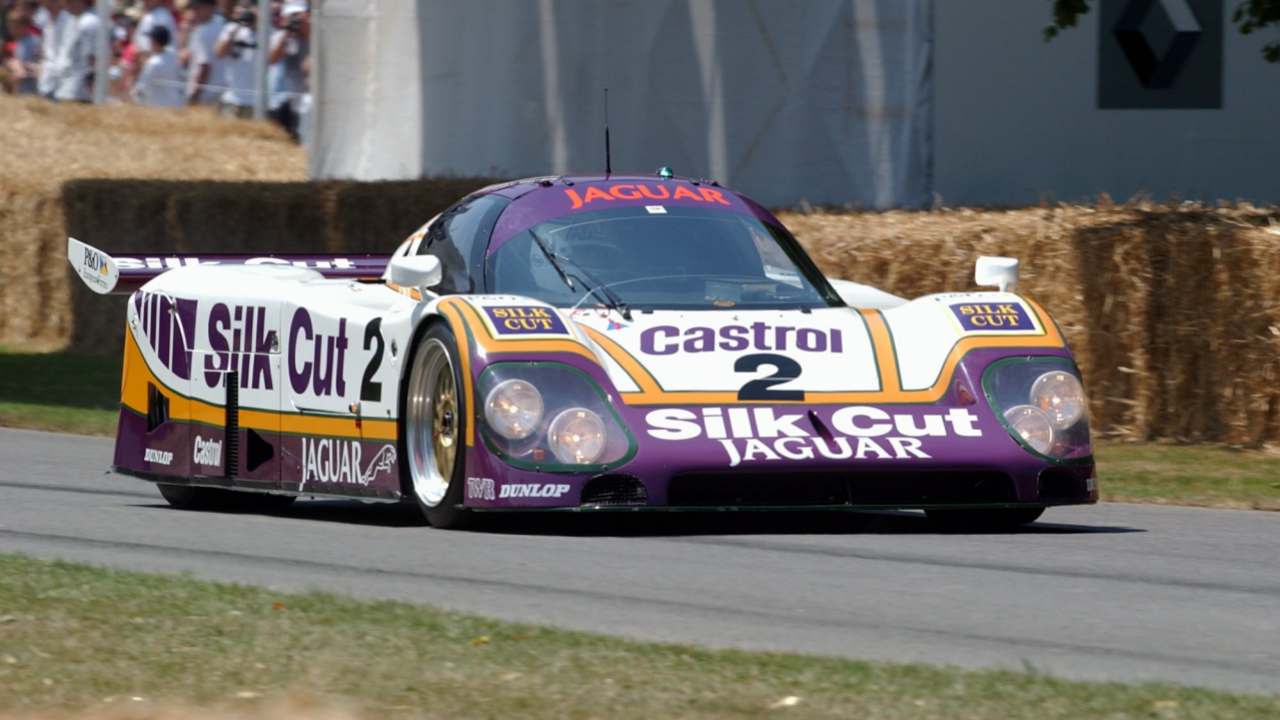
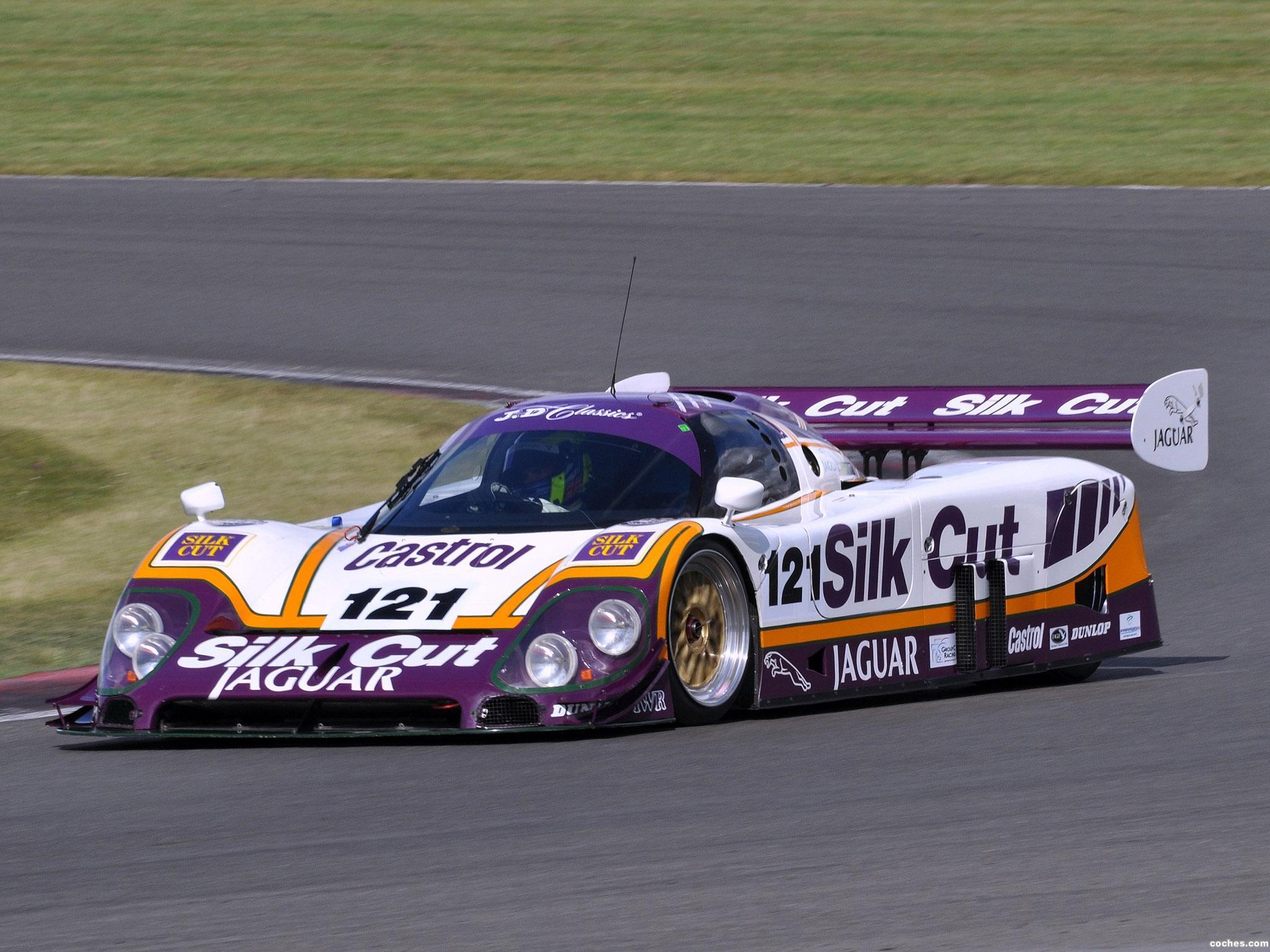

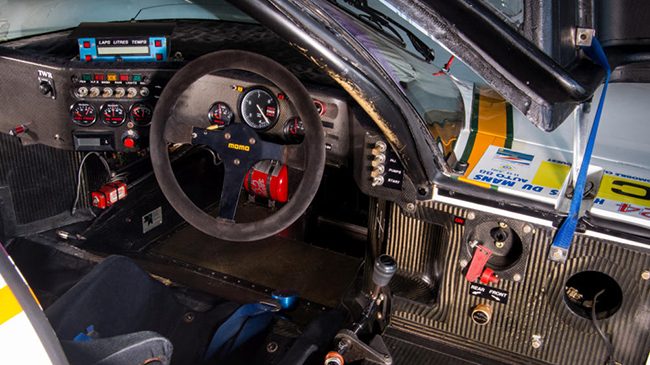
IMSA GTP
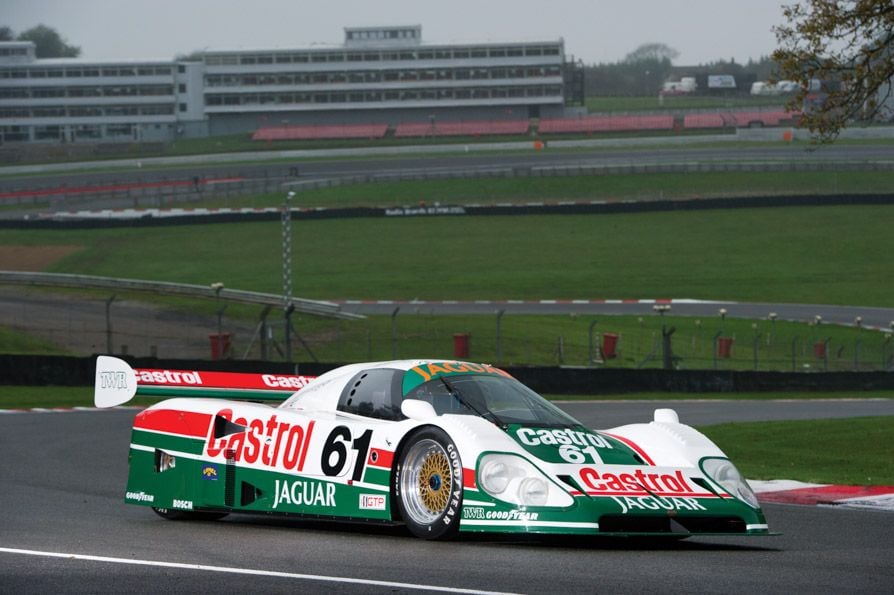
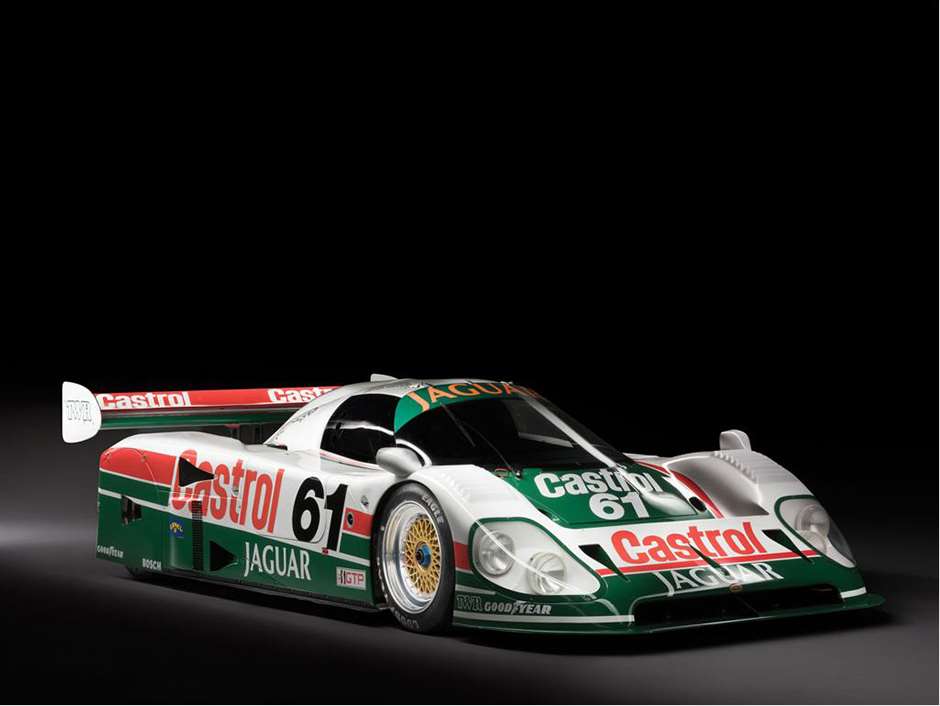
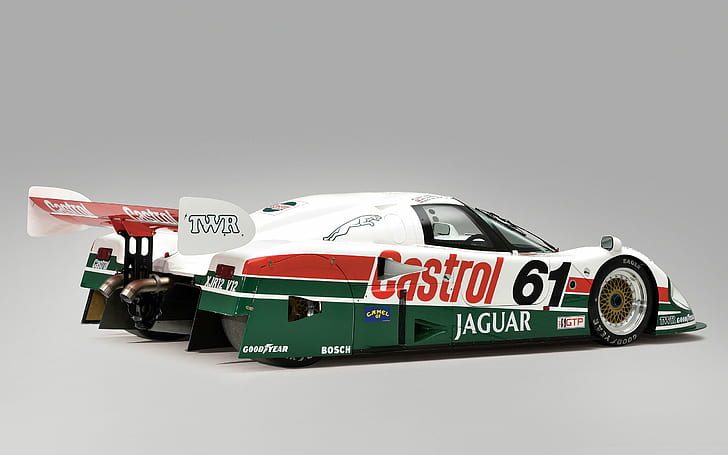

Racing Class: Group C, IMSA GTP
Engine: 6.9 L N/A Jaguar 60º V12
Power: 750 HP / 7200 rpm
Torque: 611 ft-lbs / 5500 rpm
Weight: 881 kg
Transmission: March/TWR 5 speed Manual
Drivetrain: Mid engine, Rear wheel drive
Additional Information: Winner of the 1988 24 Hours of Le Mans after 7 years of Porsche dominance, 1988 World Sportscar Championship winner, 1988 Daytona 24 hours winner
The Jaguar XJR-9 is a sports-prototype race car built by Jaguar for both FIA Group C and IMSA Camel GTP racing, debuting at the 1988 24 Hours of Daytona.
An evolution of the design for the XJR-8, the XJR-9 was designed by Tony Southgate, built by Tom Walkinshaw Racing (TWR) and featured a Jaguar 7.0-litre V12 engine based on the production 5.3-litre engine as used in the Jaguar XJS road car.[3] A variant of the XJR-9, the XJR-9LM, would be developed specifically for the 24 Hours of Le Mans where the requirement for high straight line speeds on the Mulsanne Straight necessitated a low-drag aerodynamic package.
In the United States, the Castrol sponsored XJR-9s debuted at the 24 Hours of Daytona, with the car taking the overall win. However, throughout the rest of the IMSA Camel GTP season the XJR-9 was unable to gain another win until the final race of the season, meaning the team had to settle for third in the constructor's championship. In the 1988 World Sports Prototype Championship, the XJR-9, running Silk Cut sponsorship, met with more success. The XJR-9 was able to take six victories, including the 24 Hours of Le Mans, where rookie driver Paul Taylor made his debut aiding in the Le Mans triumph, over the eleven race series. Silk Cut Jaguar won the Teams Championship and Jaguar driver Martin Brundle won the Drivers title. Jaguar's success at Le Mans marked the first time since 1980 that Porsche had not won Le Mans, and the first Le Mans victory for Jaguar since 1957.
For 1989, the XJR-9 was again entered in both IMSA Camel GTP and the World Sports Prototype Championship. However, the XJR-9 was by now dated, and in IMSA was being repeatedly beaten by Nissan, leaving the XJR-9 with only a single win on the season. This led to Jaguar introducing the XJR-10 midway through the season, which met with slightly better success having two wins on the season and usually placing higher than the XJR-9 it ran with. At the end of the season, Jaguar finished 2nd in the championship.
A similar story occurred in the 1989 World Sports Prototype Championship, with Jaguar not winning a single race during the series. Midway through the championship the XJR-11 was developed to replace the XJR-9, although both finished out the season. This disappointment led to Jaguar finishing fourth in the Teams Championship.
Within months of Jaguar's 1988 Le Mans victory, TWR would use the XJR-9 chassis for the development of the R9R prototype which by 1990 had evolved into the XJR-15 sports car and spec-racer.
In 2010, the car won the Le Mans Legend race.
An evolution of the design for the XJR-8, the XJR-9 was designed by Tony Southgate, built by Tom Walkinshaw Racing (TWR) and featured a Jaguar 7.0-litre V12 engine based on the production 5.3-litre engine as used in the Jaguar XJS road car.[3] A variant of the XJR-9, the XJR-9LM, would be developed specifically for the 24 Hours of Le Mans where the requirement for high straight line speeds on the Mulsanne Straight necessitated a low-drag aerodynamic package.
In the United States, the Castrol sponsored XJR-9s debuted at the 24 Hours of Daytona, with the car taking the overall win. However, throughout the rest of the IMSA Camel GTP season the XJR-9 was unable to gain another win until the final race of the season, meaning the team had to settle for third in the constructor's championship. In the 1988 World Sports Prototype Championship, the XJR-9, running Silk Cut sponsorship, met with more success. The XJR-9 was able to take six victories, including the 24 Hours of Le Mans, where rookie driver Paul Taylor made his debut aiding in the Le Mans triumph, over the eleven race series. Silk Cut Jaguar won the Teams Championship and Jaguar driver Martin Brundle won the Drivers title. Jaguar's success at Le Mans marked the first time since 1980 that Porsche had not won Le Mans, and the first Le Mans victory for Jaguar since 1957.
For 1989, the XJR-9 was again entered in both IMSA Camel GTP and the World Sports Prototype Championship. However, the XJR-9 was by now dated, and in IMSA was being repeatedly beaten by Nissan, leaving the XJR-9 with only a single win on the season. This led to Jaguar introducing the XJR-10 midway through the season, which met with slightly better success having two wins on the season and usually placing higher than the XJR-9 it ran with. At the end of the season, Jaguar finished 2nd in the championship.
A similar story occurred in the 1989 World Sports Prototype Championship, with Jaguar not winning a single race during the series. Midway through the championship the XJR-11 was developed to replace the XJR-9, although both finished out the season. This disappointment led to Jaguar finishing fourth in the Teams Championship.
Within months of Jaguar's 1988 Le Mans victory, TWR would use the XJR-9 chassis for the development of the R9R prototype which by 1990 had evolved into the XJR-15 sports car and spec-racer.
In 2010, the car won the Le Mans Legend race.






IMSA GTP



Attachments
Last edited:
- 1,091

- United States
...And now for something completely different
2020- Citroen/Opel Ami/Rocks-e
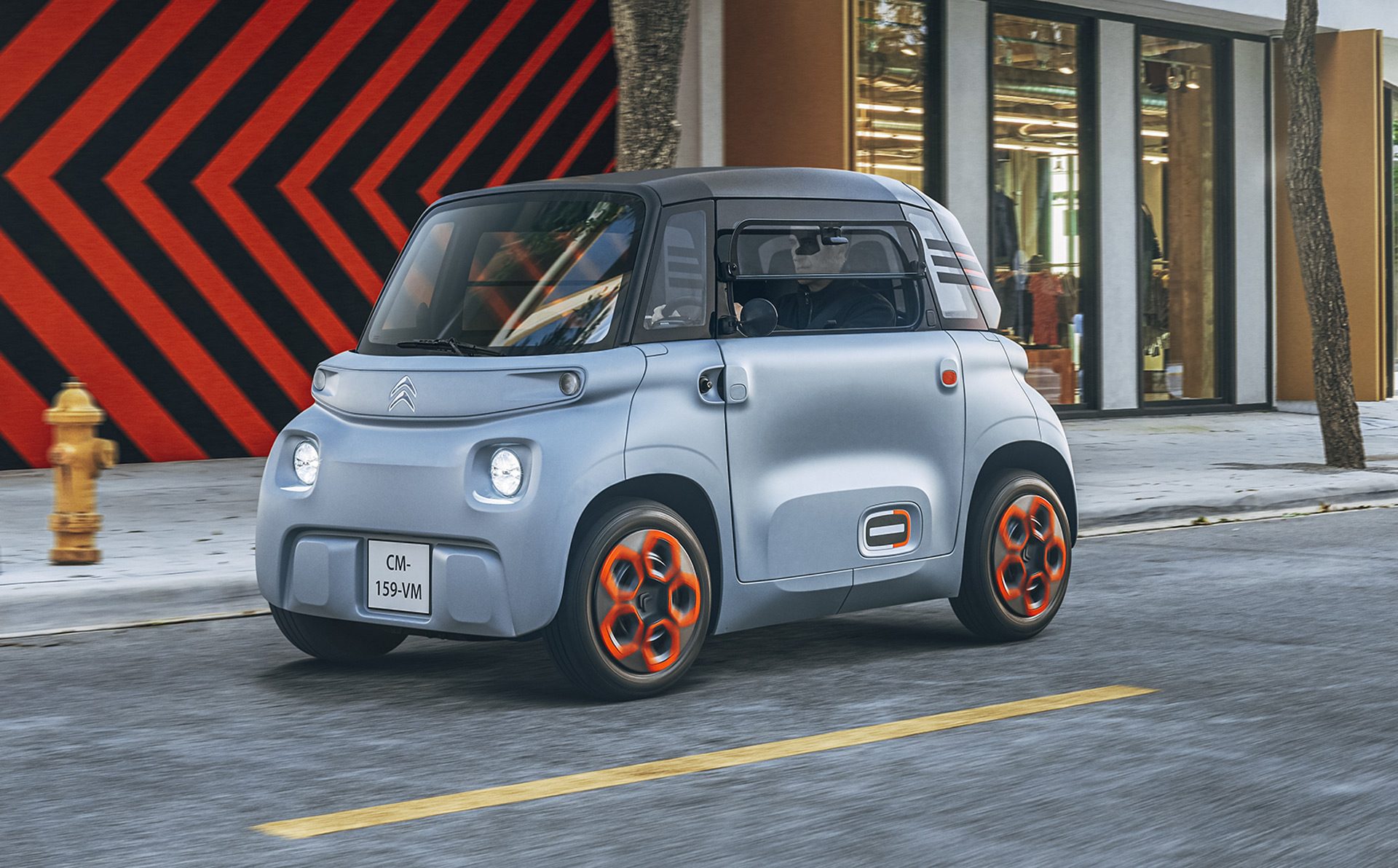
Body Style: 2dr quadricycle
Engine: Single electric motor
Power: 8hp
Torque: 29 lb-ft
Weight: 485 kg
Battery: 5.5 kWh li-ion
Drivetrain: FF
Additional Info: Doors open opposite ways on each side - subscription-based use, costs the equivalent of $22 a month.
2020- Citroen/Opel Ami/Rocks-e

Body Style: 2dr quadricycle
Engine: Single electric motor
Power: 8hp
Torque: 29 lb-ft
Weight: 485 kg
Battery: 5.5 kWh li-ion
Drivetrain: FF
Additional Info: Doors open opposite ways on each side - subscription-based use, costs the equivalent of $22 a month.
- 4,819

- Kentucky
- barrett5
- BarrettMopar
1991-1992 Dodge Spirit R/T

2005- Tango T600

2005- Tango T600
- 114

- Bosnia and Herzegovina
• 1997-1998 Panoz Esperante GTR-1

• 1998 Mercedes-Benz CLK-LM AMG (C298)

• 1998 Mercedes-Benz CLK-LM AMG (C298)
1972-1984 Lancia Beta

Body Style: 4-door fastback saloon (Berlina), 4 door notchback saloon (Trevi), 2-door coupe, 3-door estate (HPE), 2 door targa (Spider)
Engine: 1.4-2.0l I4
Power: 82-133 HP
Torque: 192-252 lb-ft
Weight: 1000-1195 kg
Tranmission: 3-speed automatic, 5-speed manual
Drivetrain: front-engine, front-wheel drive
This nomination excludes Montecarlo
Body Style: 4-door fastback saloon (Berlina), 4 door notchback saloon (Trevi), 2-door coupe, 3-door estate (HPE), 2 door targa (Spider)
Engine: 1.4-2.0l I4
Power: 82-133 HP
Torque: 192-252 lb-ft
Weight: 1000-1195 kg
Tranmission: 3-speed automatic, 5-speed manual
Drivetrain: front-engine, front-wheel drive
This nomination excludes Montecarlo
- 3,656

- Elizabeth, New Jersey, USA
GTP Cool Wall: 1969-1971 Chrysler 300

Body Style: 2-door coupe, 2-door convertible, 4-door sedan
Engine: 7.2L RB V8, 7.2L TNT V8
Power: 305-375hp
Torque: 350-480 lb-ft
Weight: 1870-2010kg
Transmission: 3-speed automatic
Drivetrain: front-engine, rear-wheel drive
Additional Information: Known for its fuselage styling, the 300 was Chrysler's flagship full-size car until it's demise in 1971. The fuselage styling, although appreciated today, was rather off-putting during its time, as the 300 was a very poor seller. The 300 Hurst, the performance package, featured 375hp from the 440ci TNT V8, allowing for a 0-60 time of below 7 seconds despite having an automatic transmission.

Body Style: 2-door coupe, 2-door convertible, 4-door sedan
Engine: 7.2L RB V8, 7.2L TNT V8
Power: 305-375hp
Torque: 350-480 lb-ft
Weight: 1870-2010kg
Transmission: 3-speed automatic
Drivetrain: front-engine, rear-wheel drive
Additional Information: Known for its fuselage styling, the 300 was Chrysler's flagship full-size car until it's demise in 1971. The fuselage styling, although appreciated today, was rather off-putting during its time, as the 300 was a very poor seller. The 300 Hurst, the performance package, featured 375hp from the 440ci TNT V8, allowing for a 0-60 time of below 7 seconds despite having an automatic transmission.

